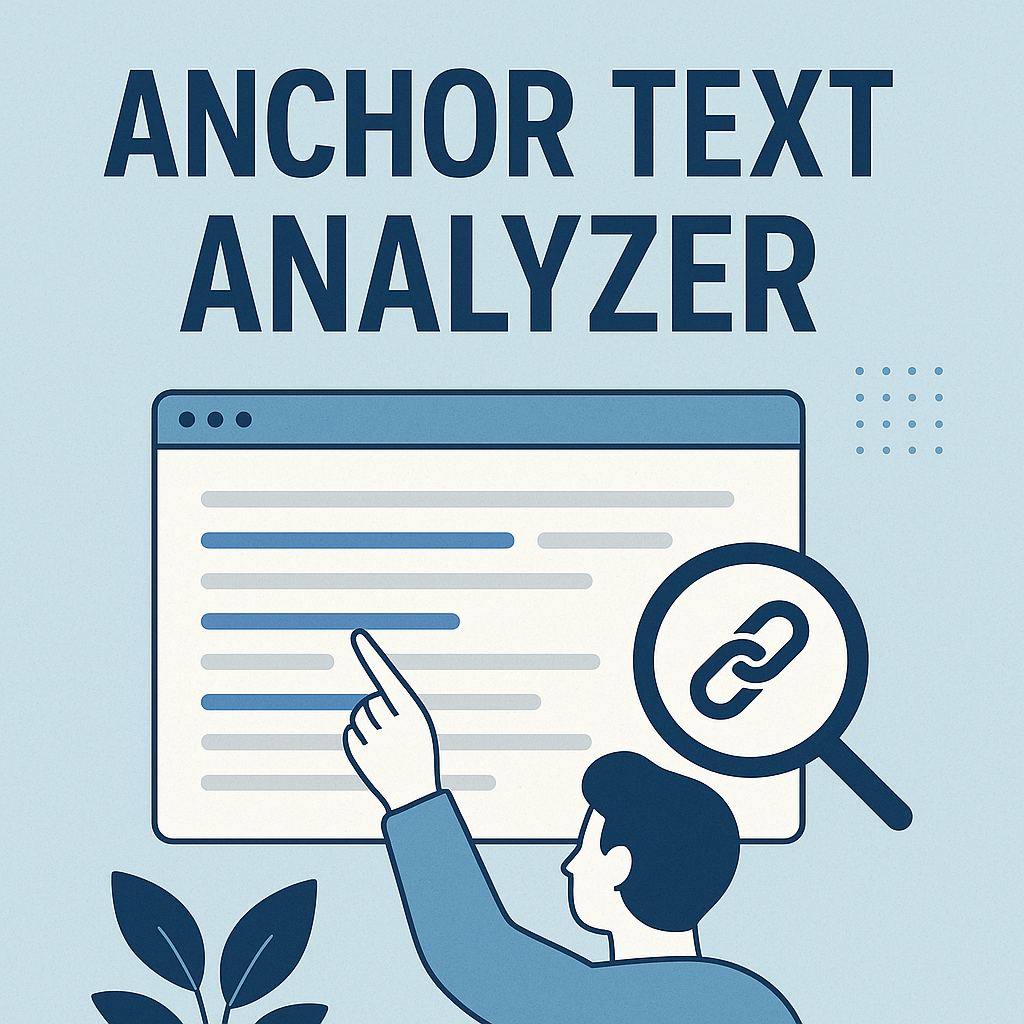Building relationships between web pages isn’t just for users—it’s a critical strategy for search visibility. When domains share authority-boosting links, they signal relevance to algorithms like Google’s PageRank. This method goes beyond basic internal navigation, creating pathways that help both sites climb rankings.
Strategic link placement matters. Headers, footers, and sidebars often house these connections, but their real power lies in purposeful integration. For example, a blog post about hiking gear might link to a partner site’s camping guide, using natural anchor text like “durable tents.” This tells search engines the content is trustworthy and valuable.
Done right, this approach strengthens domain authority. It’s not about random connections—it’s a deliberate effort to guide users and search engines toward high-quality resources. Over time, these links create a network that algorithms recognize as credible, improving visibility for all involved.
Key Takeaways
- Links between websites pass authority and improve search rankings.
- Strategic placement in headers or footers maximizes impact.
- Natural anchor text enhances relevance for algorithms.
- Trustworthy connections signal quality to search engines.
- Proper implementation boosts domain authority over time.
Understanding What is Cross Linking in SEO
Websites thrive when their pages work together, signaling value to algorithms. Cross linking connects related content through hyperlinks, either within website boundaries or across domains. These pathways help search engines understand relationships between topics, boosting rankings for connected pages.
Definition and Core Concept
At its core, cross linking builds bridges between pages. Internal links guide visitors to deeper resources on your site, while external ones point to trusted third-party content. For example, a recipe blog might link to a kitchenware store’s product page using anchor texts like “stainless steel pots.”
This strategy isn’t just about quantity—it’s precision. Links placed in contextually relevant sections carry more weight with search engine crawlers. They act like road signs, directing both users and algorithms to high-value destinations.
Role in Modern SEO Strategies
Modern SEO strategy relies on cross links to distribute authority evenly. A well-linked site structure helps newer pages gain traction faster. It also reduces bounce rates by keeping visitors engaged with related material.
Search engines prioritize sites that demonstrate topical expertise through logical connections. By using cross links wisely, you create a network that algorithms recognize as authoritative. This approach complements content quality, forming a foundation for sustainable growth.
The Role of Anchor Text in Cross Linking
Anchor text acts as a roadmap for both visitors and algorithms. Clear, descriptive phrases tell people what to expect while helping search engines map relationships between pages. When crafted thoughtfully, these clickable words become powerful tools for guiding navigation and boosting rankings.
Importance of Descriptive Anchor Text
Imagine clicking a link labeled “click here” versus “best waterproof hiking boots.” The second option instantly clarifies the destination’s value. Descriptive anchor texts like “affordable camping gear deals” improve user trust and reduce bounce rates by setting accurate expectations.
Search algorithms also rely on these cues. A study found pages with contextual anchor text rank 27% higher for related queries. For example, linking “winter trail safety tips” to a relevant guide helps crawlers understand both pages’ themes.
Impact on Search Engine Crawlers
Crawlers analyze anchor text to assess relevance and authority. Overusing exact-match phrases like “buy hiking boots online” triggers spam filters. Instead, mix natural language with keywords:
| Anchor Type | Example | Effect |
|---|---|---|
| Over-Optimized | “Hiking Boots 2024” | Risk of penalties |
| Balanced | “Durable footwear for rocky trails” | Improved relevance |
| Natural | “Explore our footwear guide” | Higher engagement |
Vary your anchors across blog posts, product pages, and external resources. This diversity signals organic growth to algorithms while keeping website visitors engaged with meaningful pathways.
Internal vs External Linking Strategies
Every link you place is a thread in the larger tapestry of your site’s authority. Internal connections guide visitors through your content, while external ties build credibility beyond your domain. Both approaches serve distinct roles in shaping user journeys and algorithmic trust.
How Internal Connections Enhance Site Navigation
Think of internal links as tour guides for your website. They help users discover related articles, products, or services without hitting dead ends. A cooking blog might connect a pancake recipe to a post about maple syrup sourcing, keeping readers engaged longer.
Search engines rely on these pathways too. When crawlers find well-structured internal links, they index pages faster and recognize your site’s topical depth. One study showed sites with strategic internal navigation achieve 40% higher crawl rates.
Why External Partnerships Matter
Linking to reputable third-party sites acts like a vote of confidence. For instance, a fitness website referencing peer-reviewed studies gains credibility with both users and algorithms. These connections demonstrate your commitment to providing comprehensive resources.
External strategies also foster relationships with industry leaders. A local bakery linking to a flour supplier’s blog might later earn reciprocal links, creating a mutually beneficial network. This exchange distributes SEO value while keeping content fresh and relevant.
“Links are currency in the digital world—they build bridges between ideas and audiences.”
Balancing internal and external approaches creates a seamless experience. Visitors enjoy intuitive navigation, while algorithms see a well-connected ecosystem of trusted information.
Benefits of Effective Cross Linking
Strategic connections between pages do more than guide visitors—they transform how search engines value your content. When implemented thoughtfully, these bridges create measurable improvements in both technical performance and audience satisfaction. Integrating a strong local SEO plan for leasing offices can significantly boost foot traffic and resident inquiries in your market.
Improved Website Navigation and User Experience
Clear pathways help visitors find related content effortlessly. A cooking blog linking pancake recipes to breakfast beverage guides keeps users engaged longer. Sites with intuitive linking see 35% lower bounce rates, according to recent case studies.
Search engines reward this behavior. Pages with logical connections rank higher because crawlers interpret them as comprehensive resources. This dual benefit makes navigation upgrades a priority for SEO teams.
Spreading Link Juice and Establishing Authority
Authority flows through well-placed links like electricity through circuits. An outdoor gear retailer linking product pages to camping guides distributes ranking power evenly. This “link juice” circulation helps newer pages gain traction faster.
Trust signals multiply when linking to reputable sources. A tech review site referencing manufacturer specifications gains credibility with algorithms. Over time, these connections build domain authority that impacts anchor text performance across all pages.
“Sites with strategic link networks see 2.3x more organic traffic growth than competitors within six months.”
Balancing user needs with technical precision creates lasting results. Visitors enjoy seamless journeys, while algorithms recognize your site as a hub of valuable information.
Best Practices for SEO Cross Linking
Creating a network of high-quality links requires precision and ongoing care. Focus on connections that add value for visitors while meeting technical requirements. Let’s explore methods to balance user needs with search engine guidelines.
Keep Links Relevant and Meaningful
Links should feel like natural extensions of your content. A travel blog discussing hiking trails might connect to a gear review using anchor text like “lightweight backpacks.” This approach maintains context while guiding readers to deeper resources.
Search algorithms prioritize relevance. Linking a financial advice page to a cooking website confuses crawlers and frustrates users. Stick to topics within your niche or partner with complementary domains.
Monitor, Update, and Ensure Crawlability
Broken links harm credibility. Tools like Screaming Frog identify dead ends quickly. Fixing these issues preserves website authority and keeps visitors engaged.
Search engines need accessible pathways. Avoid hiding links behind JavaScript or placing them in non-crawlable areas. For example, embed contextual connections within body content rather than burying them in image galleries.
“Sites auditing links quarterly see 18% fewer crawl errors than those neglecting maintenance.”
Regular checks prevent outdated connections from dragging down performance. Update old articles with fresh links to maintain relevance and algorithmic trust.
Strategies to Enhance User Experience through Cross Links
Transforming casual visitors into engaged explorers starts with smart pathways. Creative connections between pages turn fragmented content into cohesive journeys. This strategy keeps people clicking while showing search engines your site’s depth. Learn how a monthly SEO backlink solution can streamline your digital marketing and enhance search visibility.
Connecting Related Content Creatively
Group articles, products, or guides into thematic clusters. A gardening site could link “composting basics” to “soil pH testing” and “organic fertilizer recipes.” These clusters act like user magnets—each click reveals more value.
| Content Type | Engagement Boost | Implementation |
|---|---|---|
| How-to Guides | +42% | Link to tool reviews |
| Product Pages | +37% | Connect usage tutorials |
| Blog Posts | +29% | Add “deep dive” sections |
Interactive elements work wonders. Quizzes suggesting personalized resources or “read next” widgets outperform static lists.
Using Visual and Textual Cues Effectively
Buttons saying “Get the Checklist” convert 68% better than “Click Here.” Color contrast matters too—links in brand hues get 22% more clicks according to eye-tracking studies.
Contextual way finders blend seamlessly. Highlight key terms within sentences instead of adding bulky menus. For example, embedding “best budget cameras” in a photography guide feels natural rather than forced.
“Sites using visual cues see 53% longer session durations than text-only competitors.”
Balance design and function. Every cue should guide users toward their next “aha moment” without overwhelming them.
Optimizing Website Architecture for Better Crawlability
A well-structured website acts like a map for both visitors and search engines. Clear pathways let crawlers index content efficiently while guiding users to relevant pages. This dual benefit makes architectural planning a cornerstone of successful strategies.
Establishing a Logical Site Hierarchy
Imagine organizing a blog like a library. Categories like “Outdoor Gear Reviews” or “Camping Recipes” create intuitive sections. This tiered approach reduces crawl depth, helping algorithms prioritize key pages. Top retailers use this method—product pages sit under main categories, not buried in subfolders.
Shallow structures work best. Pages requiring more than three clicks from the homepage often get overlooked. For domains with extensive content, siloing related topics keeps navigation clean. A travel site might group “Destination Guides” and “Packing Tips” under a “Travel Resources” hub.
Utilizing Navigational Menus and Breadcrumbs
Menus and breadcrumbs act as GPS for your website. Dropdowns showcasing popular blog categories reduce bounce rates by 19%, according to heatmap studies. Breadcrumbs like “Home > Hiking Boots > Waterproof Models” show users their path while boosting internal linking.
| Element | User Benefit | Crawl Impact |
|---|---|---|
| Sticky Menu | Quick access to key sections | Prioritizes linked pages |
| Footer Links | Discover related content | Distributes authority |
| Breadcrumbs | Clear location tracking | Strengthens hierarchy |
“Sites with breadcrumbs see 30% faster indexing of deep content.”
Balancing visual design with functional strategies creates seamless experience. Every click should feel purposeful, whether exploring a cooking blog or navigating an e-commerce domain.
Incorporating Cross Linking in a Comprehensive SEO Strategy
Merging content creation with strategic connections forms the backbone of modern digital visibility. When backlinks and internal pathways work in harmony, they amplify a site’s ability to rank while delivering value to audiences. This synergy turns individual pages into interconnected hubs of authority.
Combining Link Building with Content Marketing
High-quality content attracts natural backlinks, while strategic linking extends its reach. For example, an in-depth guide on sustainable farming might earn references from agricultural blogs. These external endorsements boost authority while driving targeted traffic. Learn how a monthly SEO backlink solution can streamline your digital marketing and enhance search visibility.
Internal links act as tour guides within your site. A fitness app’s blog post about hydration could connect to a protein shake recipe page using phrases like “post-workout nutrition.” This approach keeps visitors engaged while distributing ranking power.
“Content is the magnet, links are the megaphone—together they create unstoppable momentum.”
Balancing technical precision with creativity yields measurable results. Sites blending information-rich articles with smart linking strategies see:
- 47% faster indexing of new pages
- 33% increase in referral traffic
- Double-digit growth in domain rating
Regular audits ensure links remain relevant. Update older posts with fresh backlinks to maintain momentum. This dynamic approach keeps both users and algorithms invested in your site’s ecosystem.
Techniques for Managing Cross Links Across Multiple Domains
Managing multiple domains feels like conducting an orchestra—every connection must harmonize without overwhelming the audience. Brands with several sites often use a hub-and-spoke model. A central corporate website acts as the anchor, linking to niche-specific properties through contextual posts and resource pages.
Domain Cross Linking Approaches
Create a “parent” site that naturally references subsidiary sites. A retail group might link their main footwear brand to a hiking accessories blog using phrases like “trail-ready gear.” This distributes authority while maintaining thematic relevance.
| Method | Implementation | Result |
|---|---|---|
| Hub Site | Links to all owned domains in blog posts | Centralized authority |
| Footer Networks | Global navigation across sites | Improved crawl efficiency |
| Content Partnerships | Guest posts with aligned brands | Diverse backlink profiles |
One outdoor apparel company boosted organic traffic by 41% using footer links across their six sites. They prioritized product categories over generic “click here” prompts.
Maintaining Consistency and Relevance Across Sites
Develop a style guide for posts and linking practices. Specify how often to link between domains and which anchor texts align with each brand’s voice. For example, a kitchenware network might use “professional-grade knives” when connecting a blog to an e-commerce site.
Regular audits prevent over-optimization. Tools like Ahrefs track link distribution, flagging sudden spikes that could trigger penalties. Update old content quarterly—replace broken links and refresh references to keep footer sections current.
“Treat each domain like a unique voice in a choir—distinct but contributing to the same melody.”
Balance is key. Limit footer links to 10% of total connections, focusing on user pathways rather than forced relationships. This approach satisfies algorithms while guiding visitors to logical next steps.
Conclusion
Mastering digital connections transforms how audiences interact with your content. Strategic linking bridges quality resources, driving organic traffic while signaling authority to search algorithms. Whether through internal pathways or external partnerships, these relationships elevate user journeys and technical performance.
Focus on relevance when choosing anchor texts. Natural phrases like “eco-friendly camping gear” outperform generic prompts, boosting click-through rates. Regular audits ensure links remain functional and aligned with your marketing goals.
Balanced strategies yield measurable results. Sites prioritizing logical hierarchies and contextual connections often see faster indexing and improved rank positions. Remember: every link should guide visitors toward deeper value.
Ready to amplify your site’s impact? Start by mapping key content clusters and refining anchor texts. Small tweaks create compounding benefits—better engagement, stronger authority, and sustained growth in competitive niches.

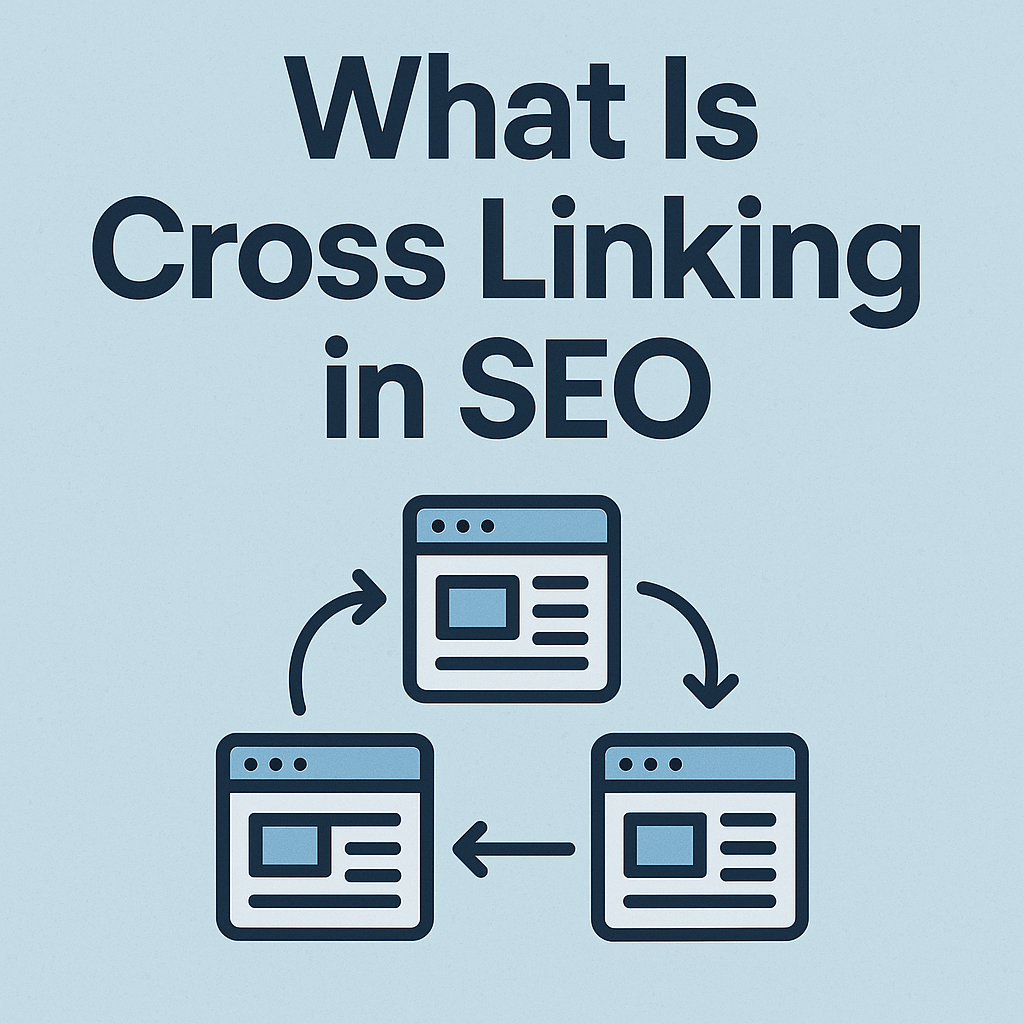
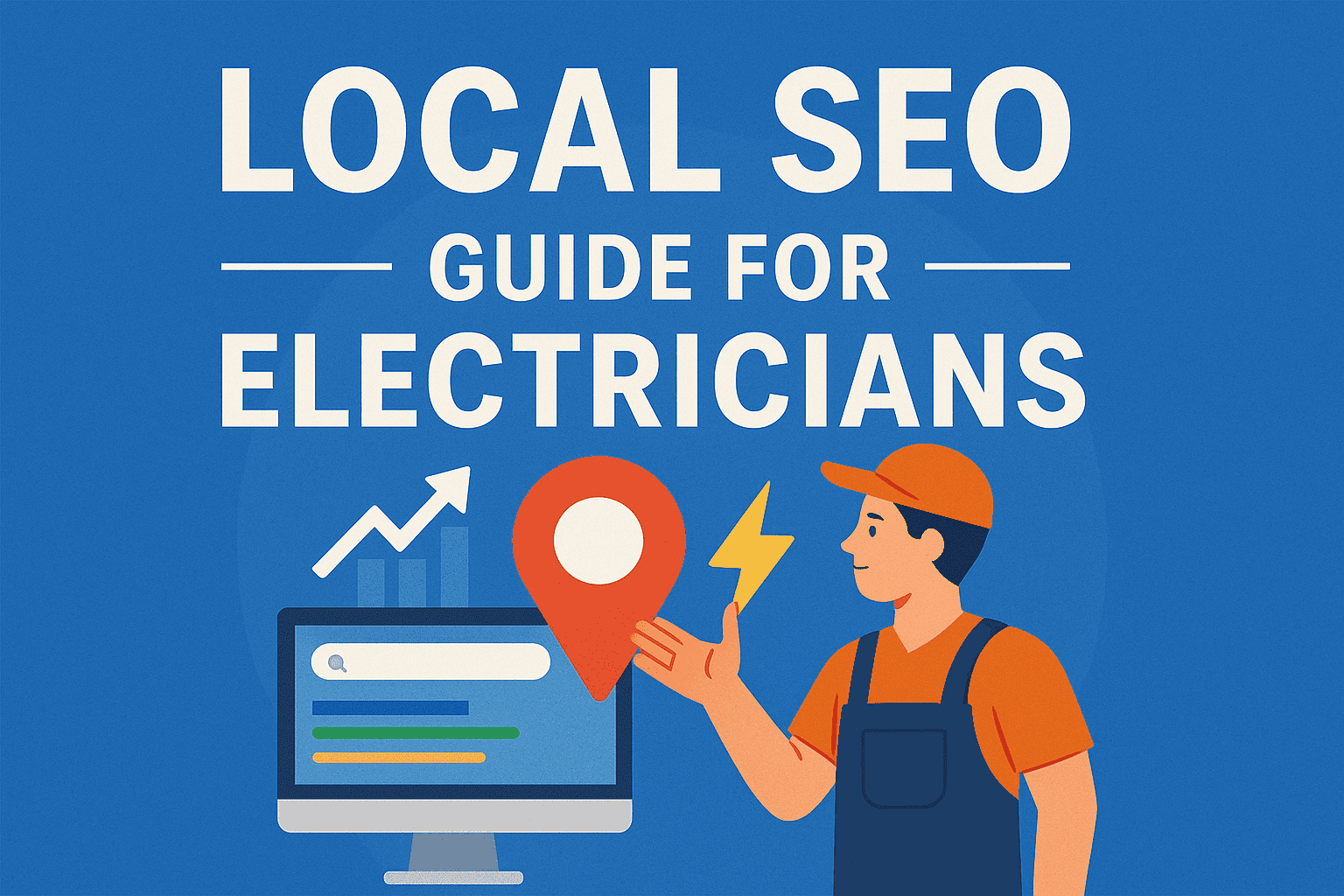
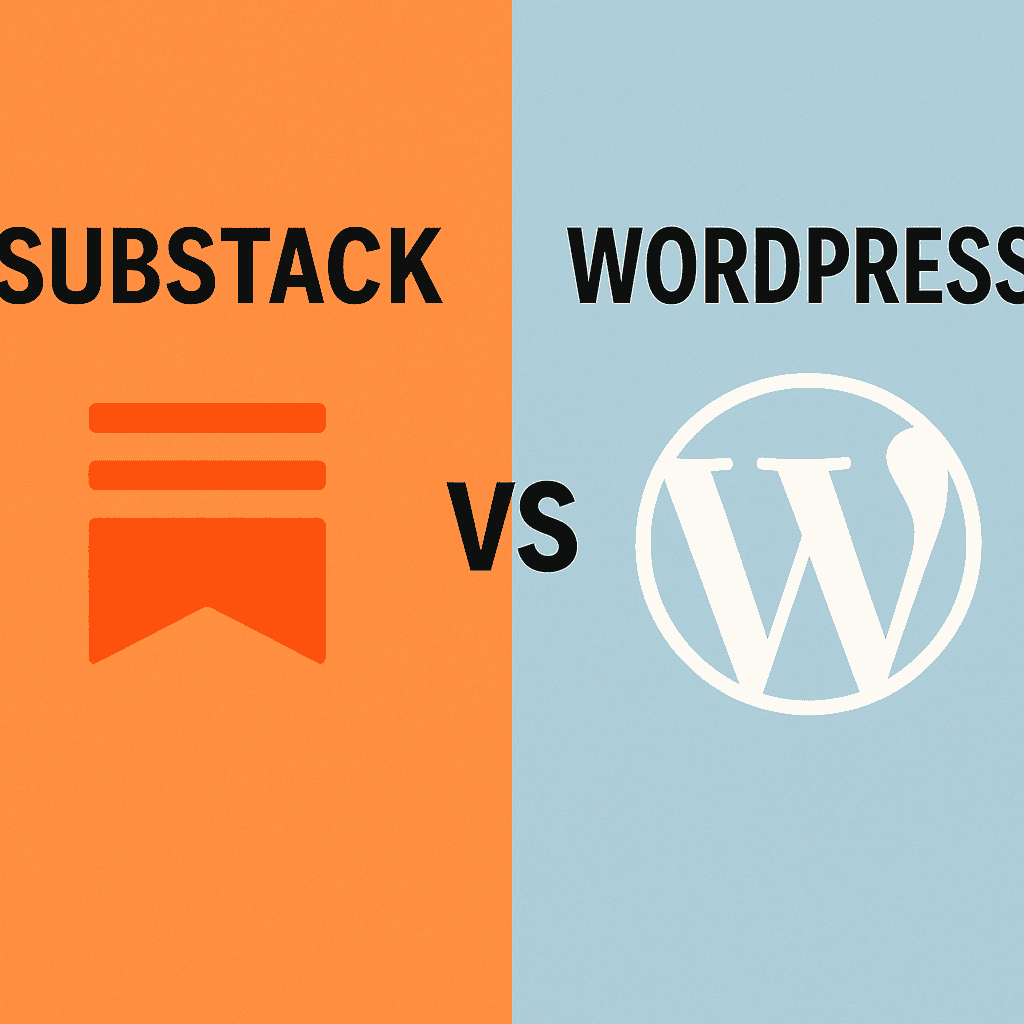

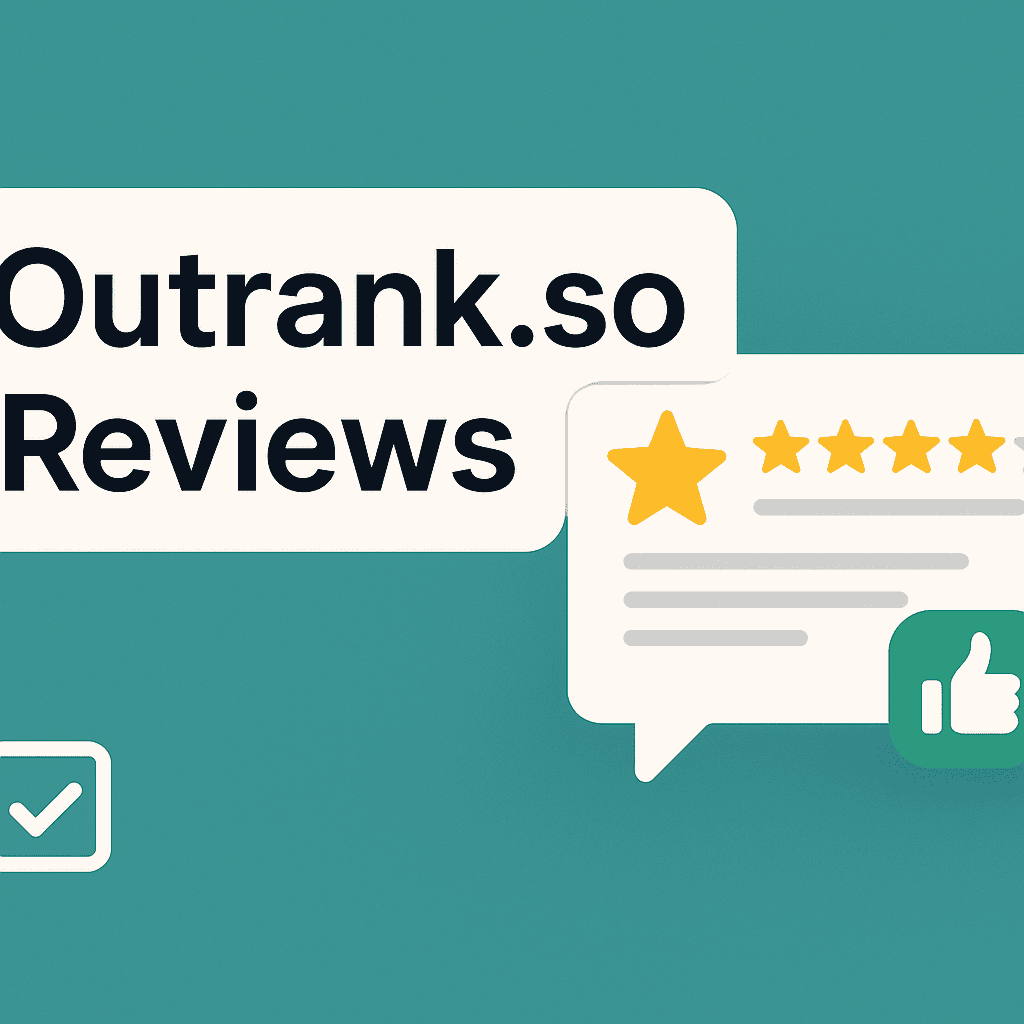



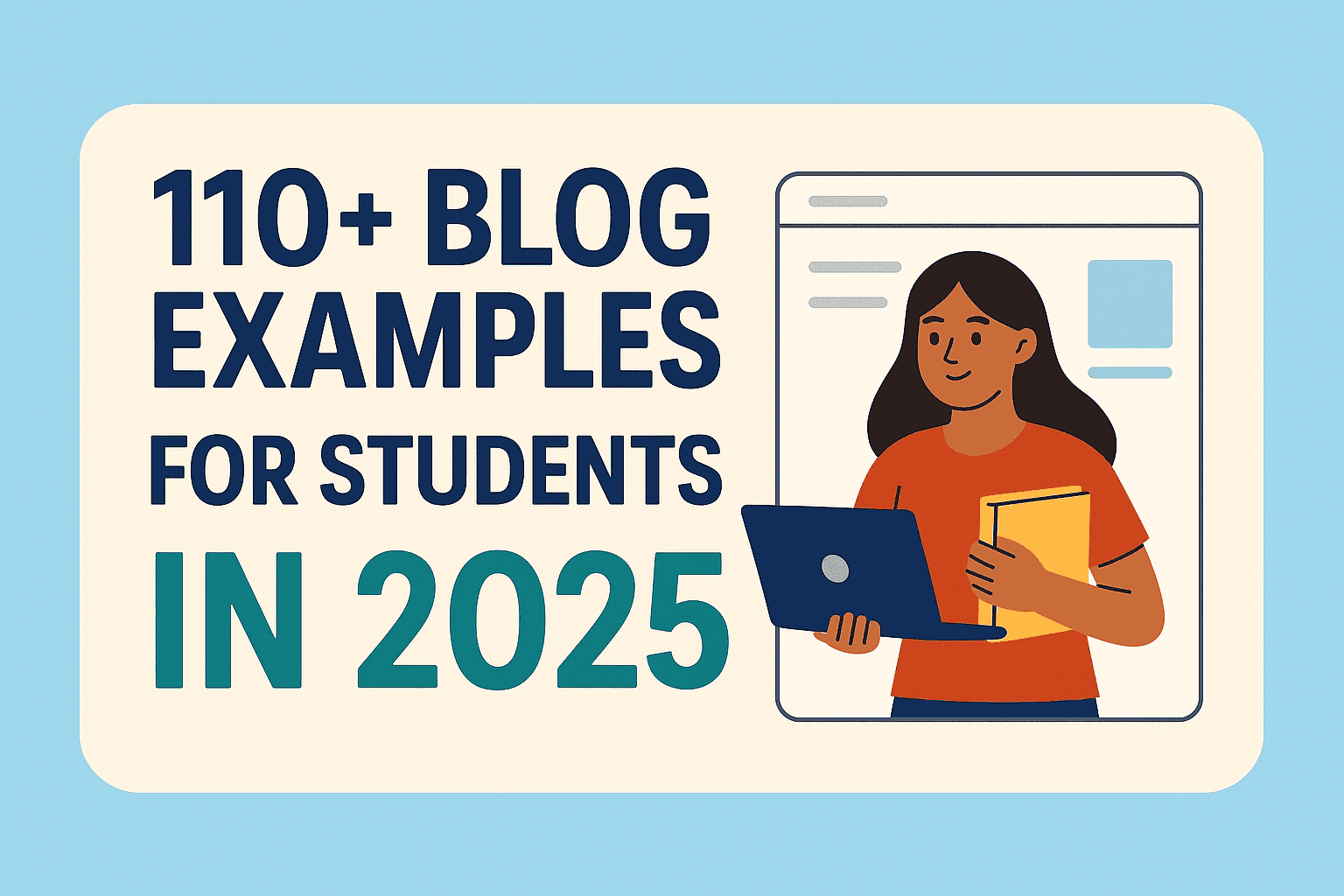

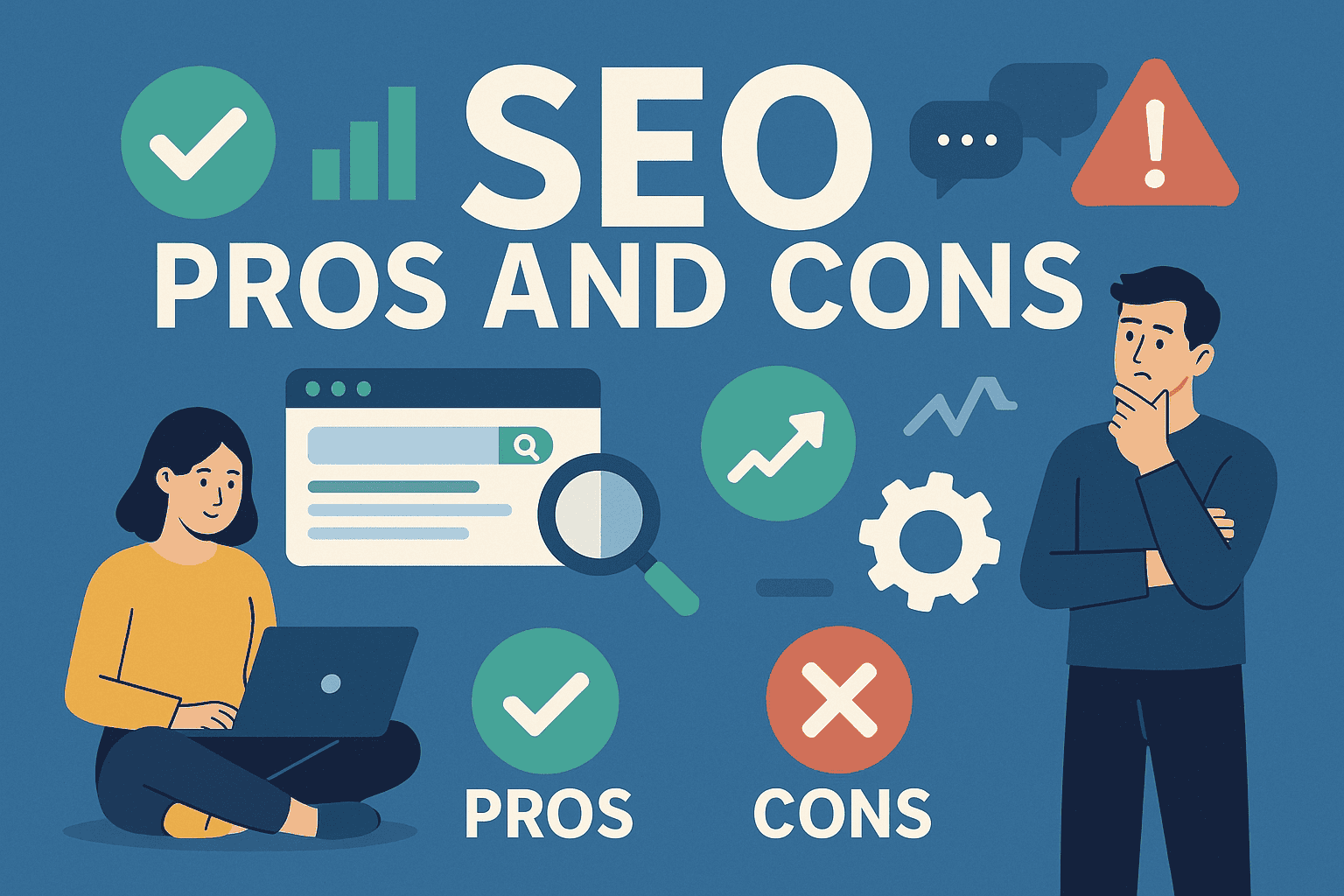





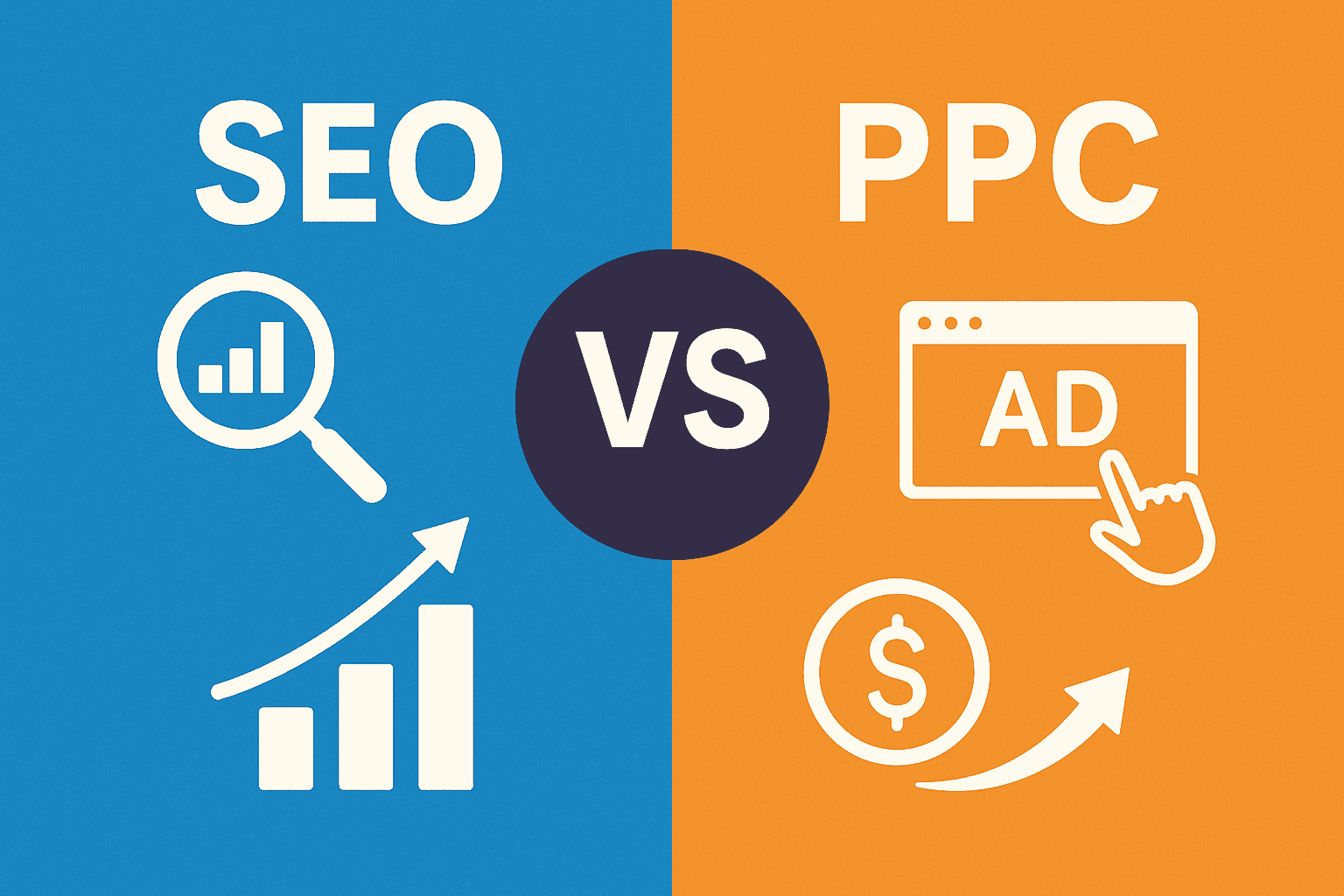

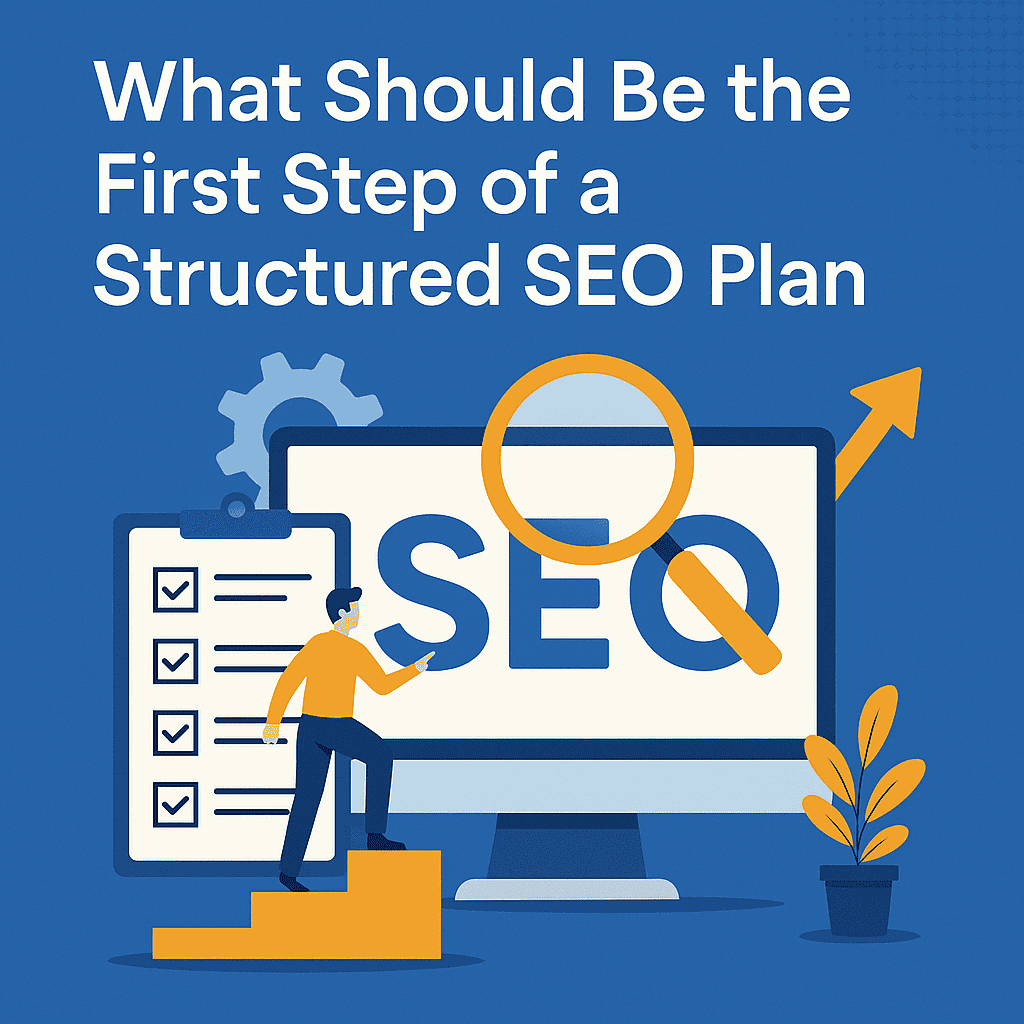



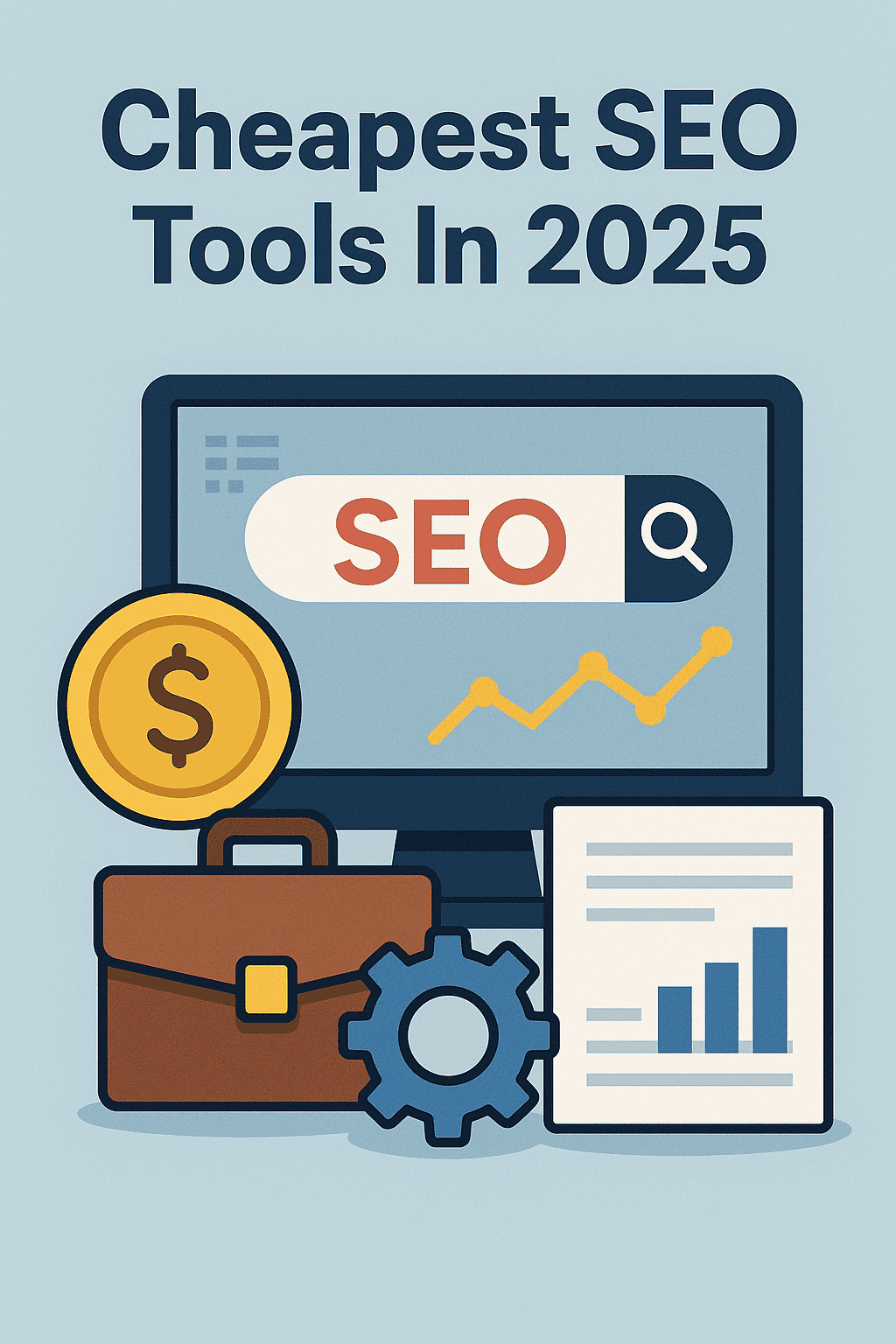
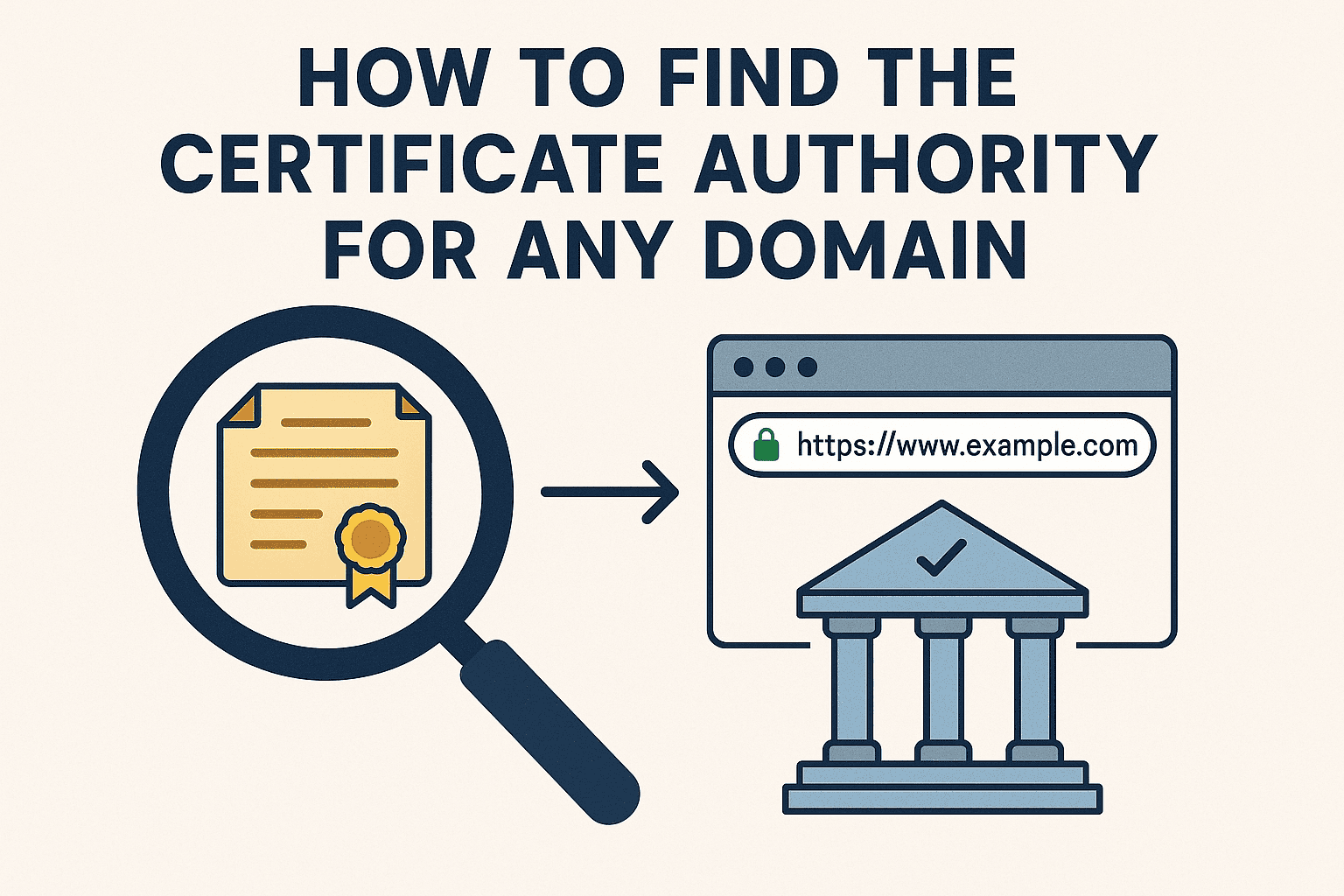
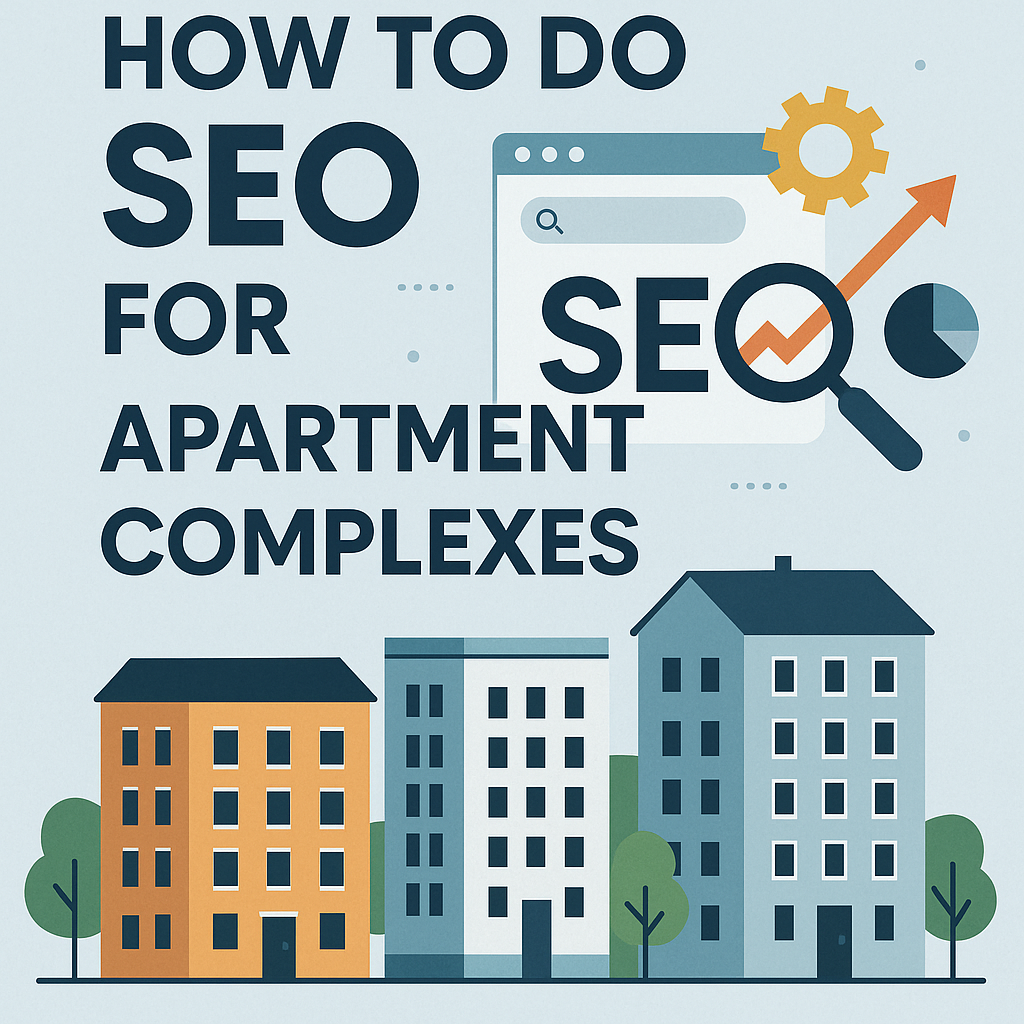




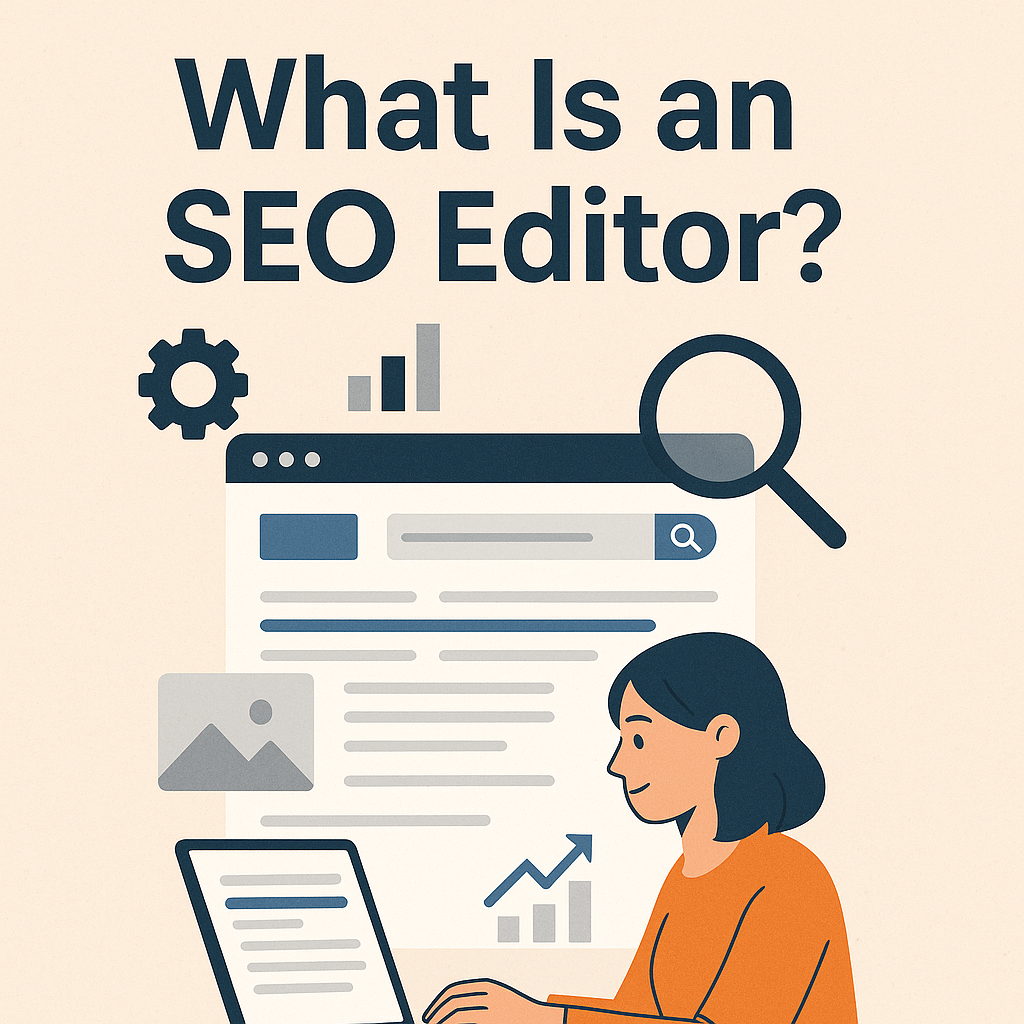
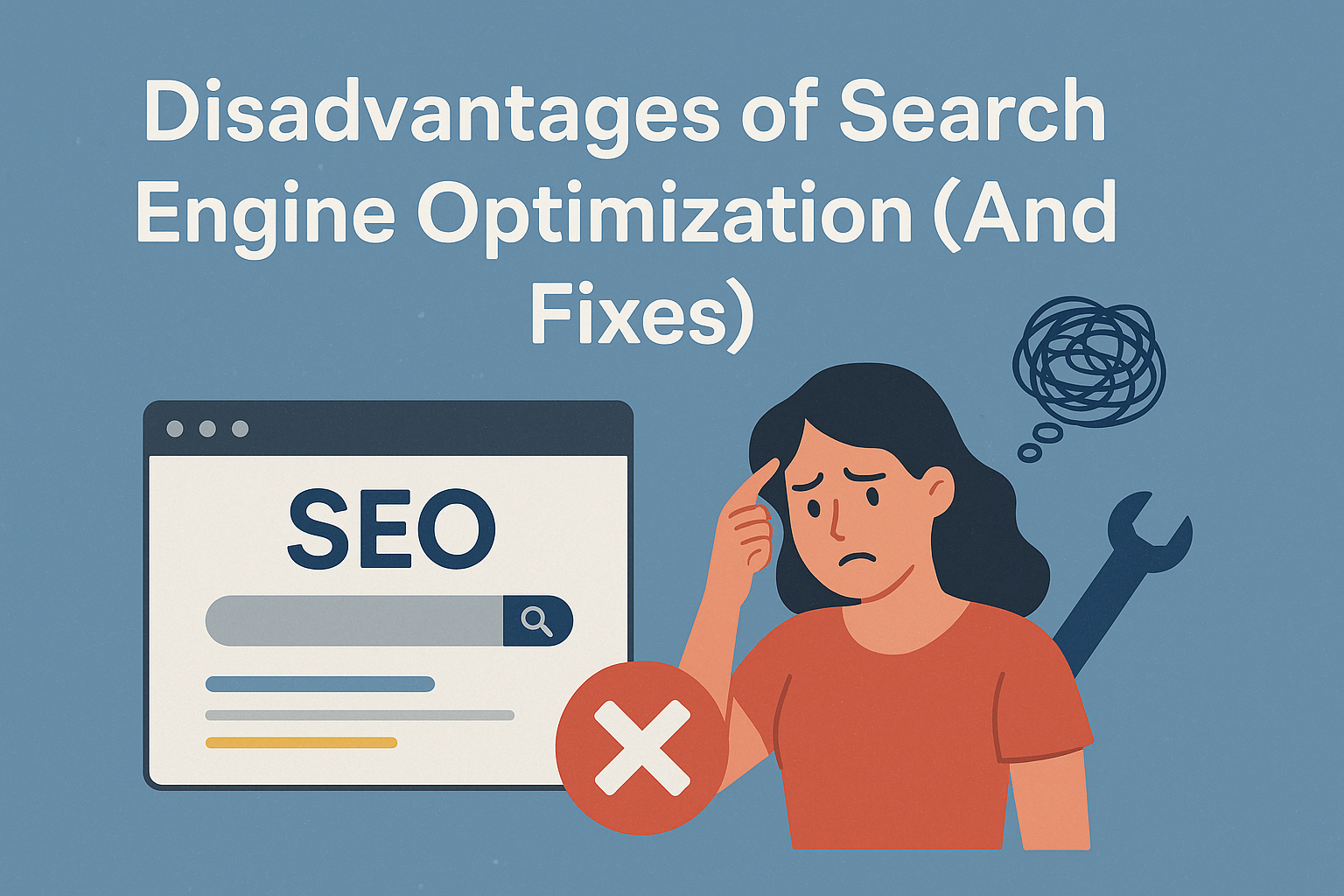


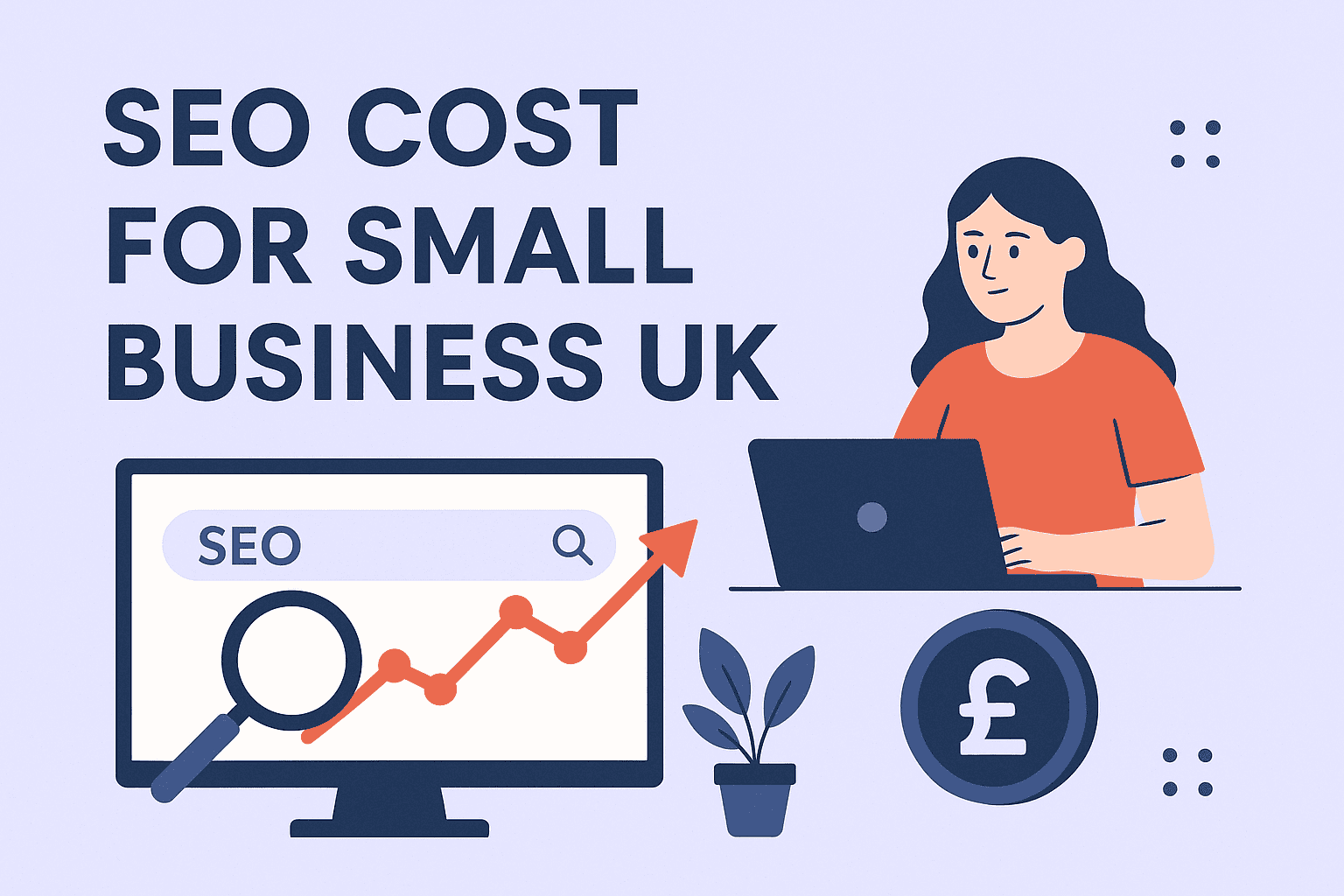

![How Many Outbound Links Per Blog [2025 Updated]](https://backlinkmanagement.io/wp-content/uploads/2025/06/How-Many-Outbound-Links-Per-Blog.png)
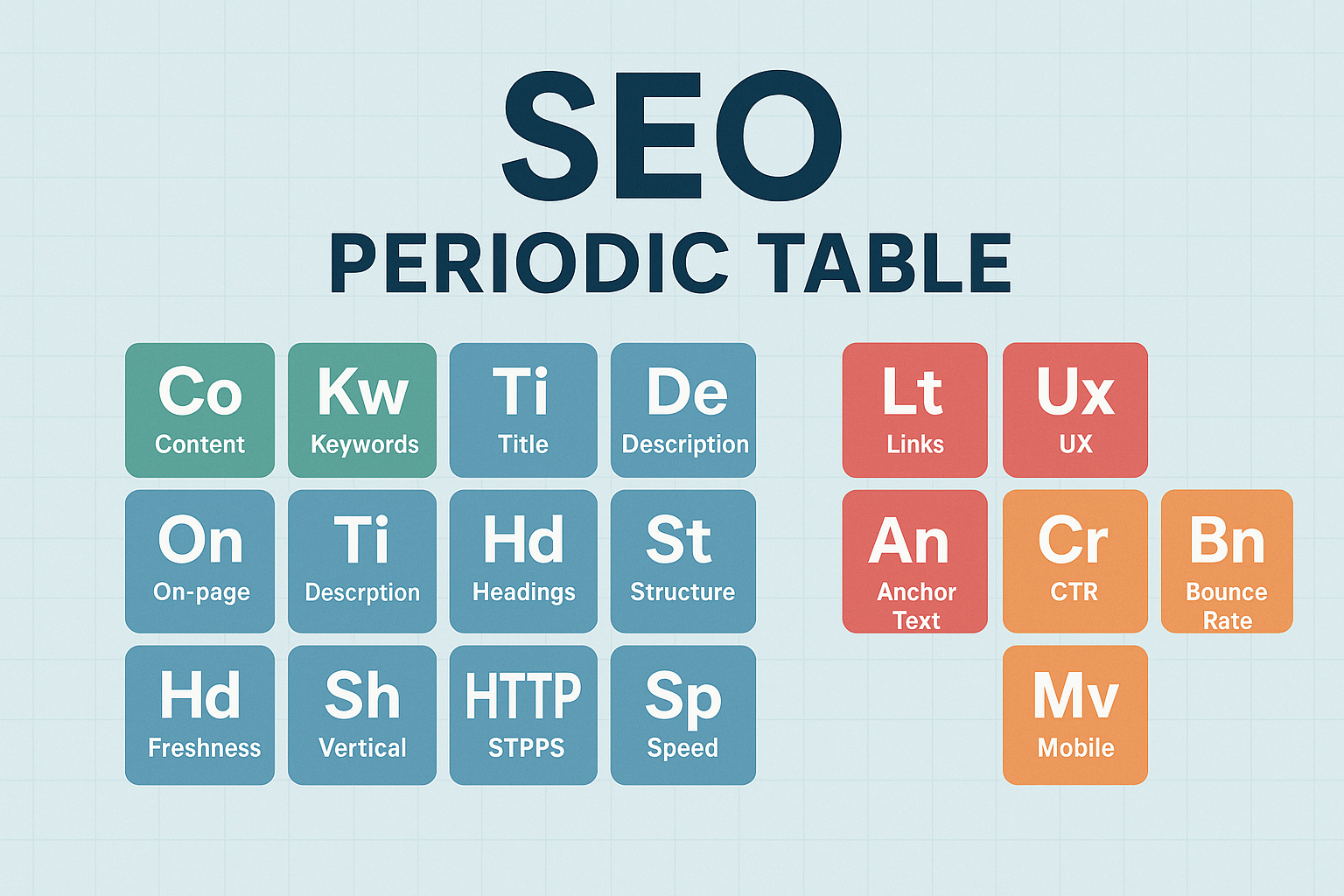

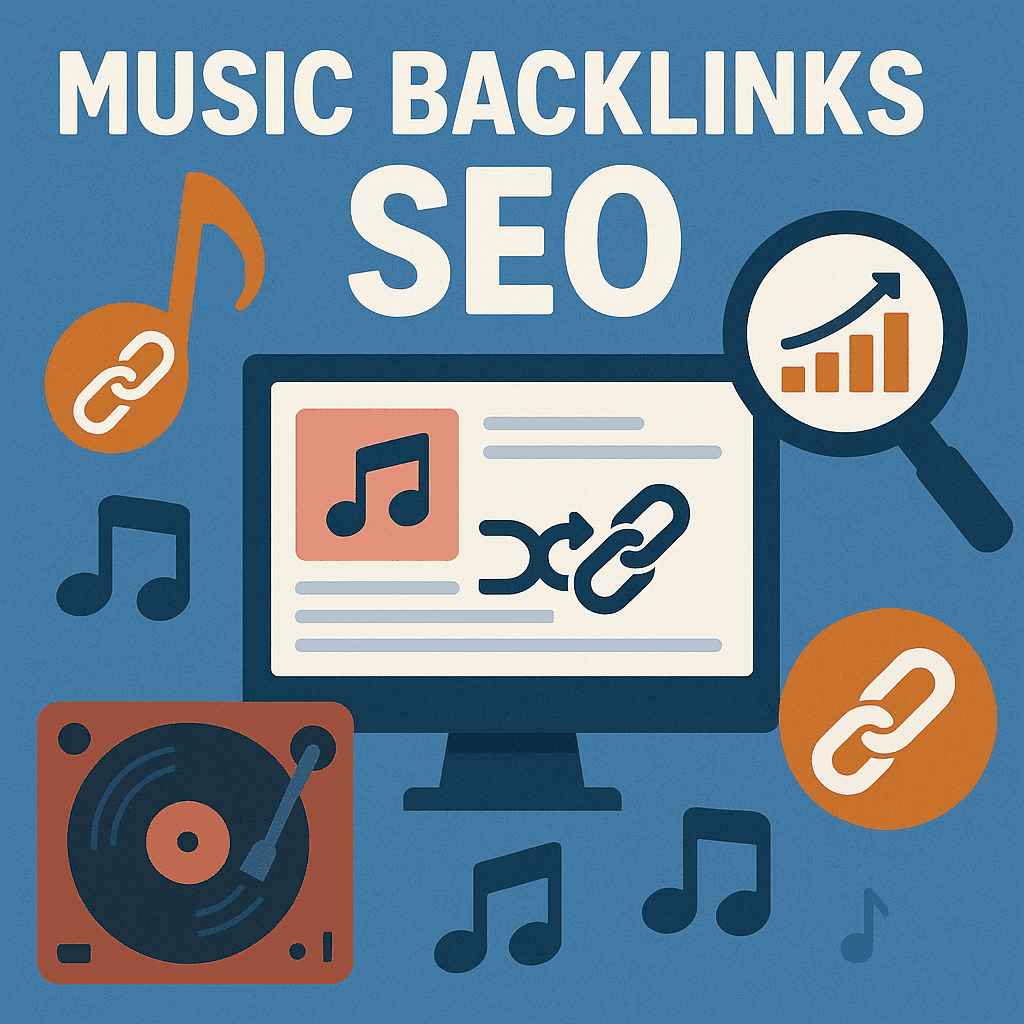
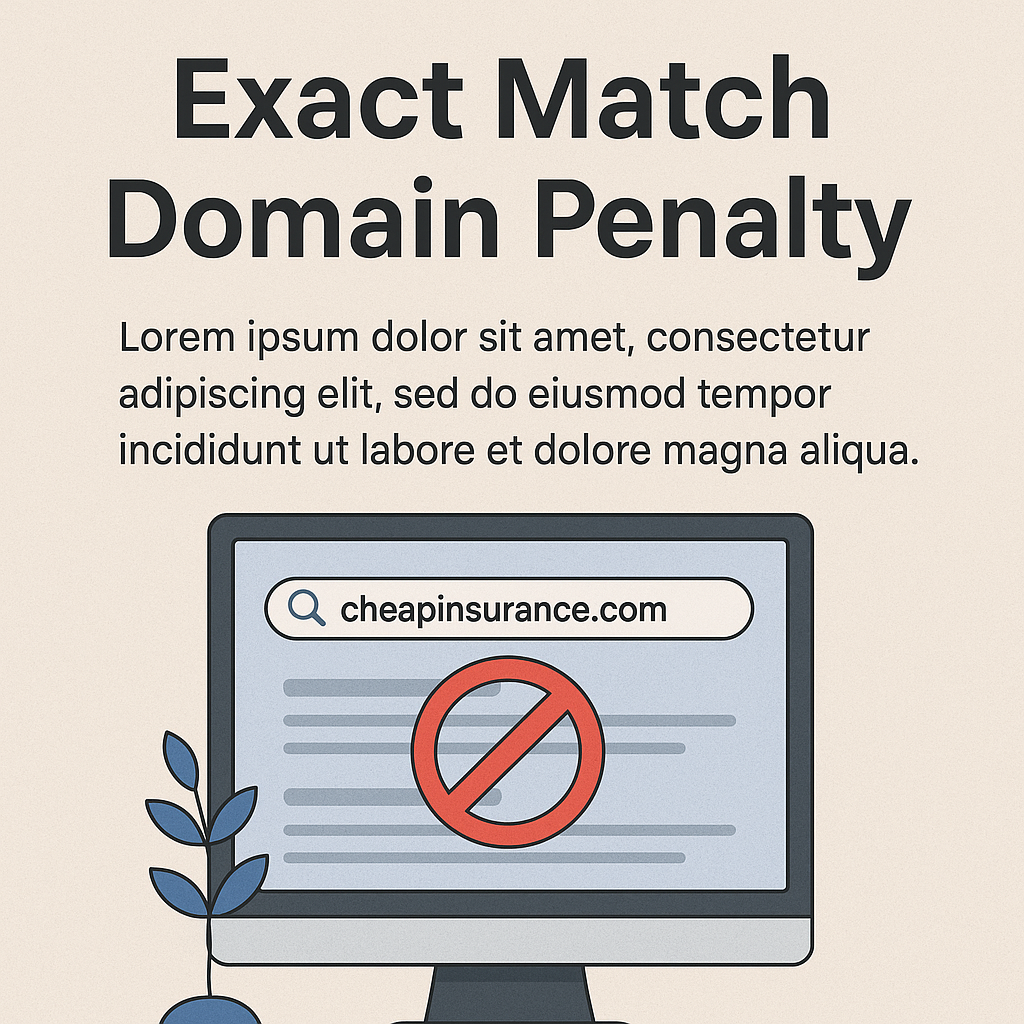
![B2B and B2C Website Examples [2025 Updated]](https://backlinkmanagement.io/wp-content/uploads/2025/05/B2B-and-B2C-Website-Example-.png)
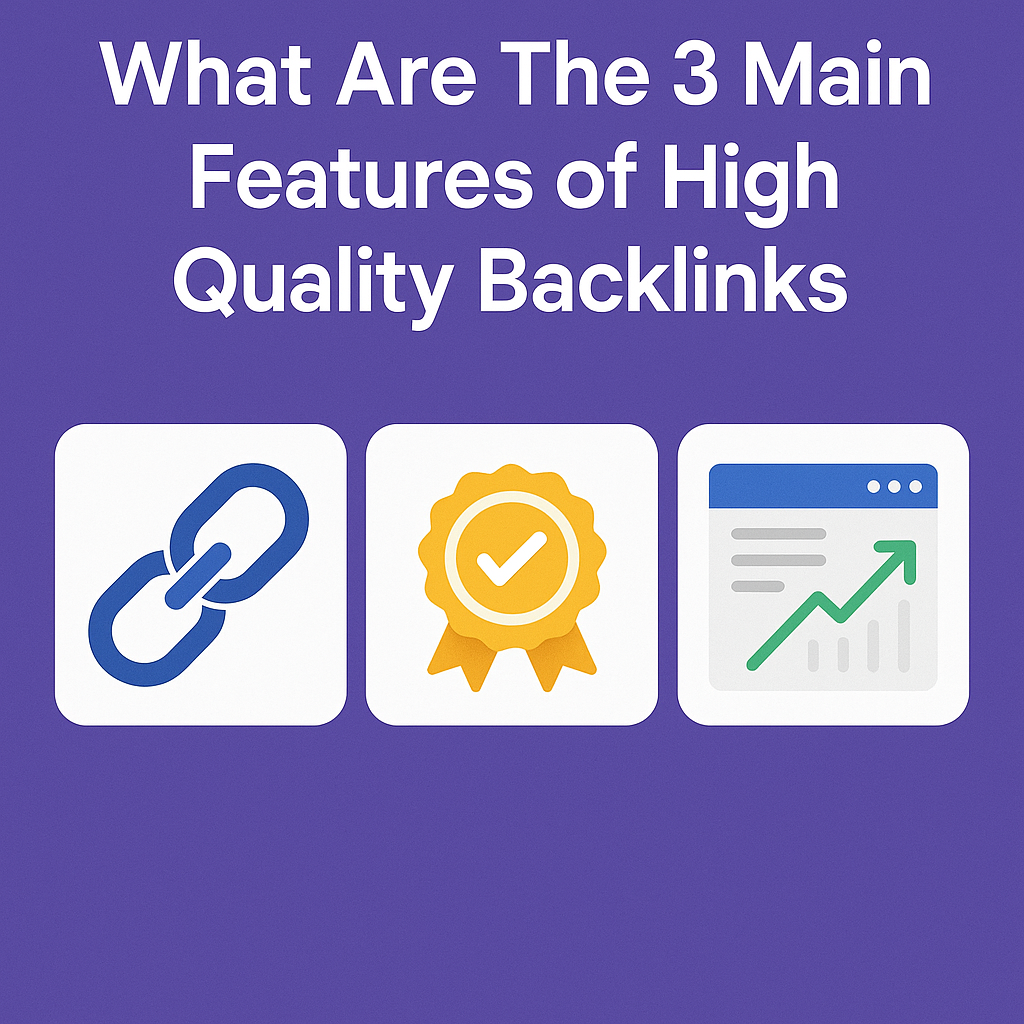
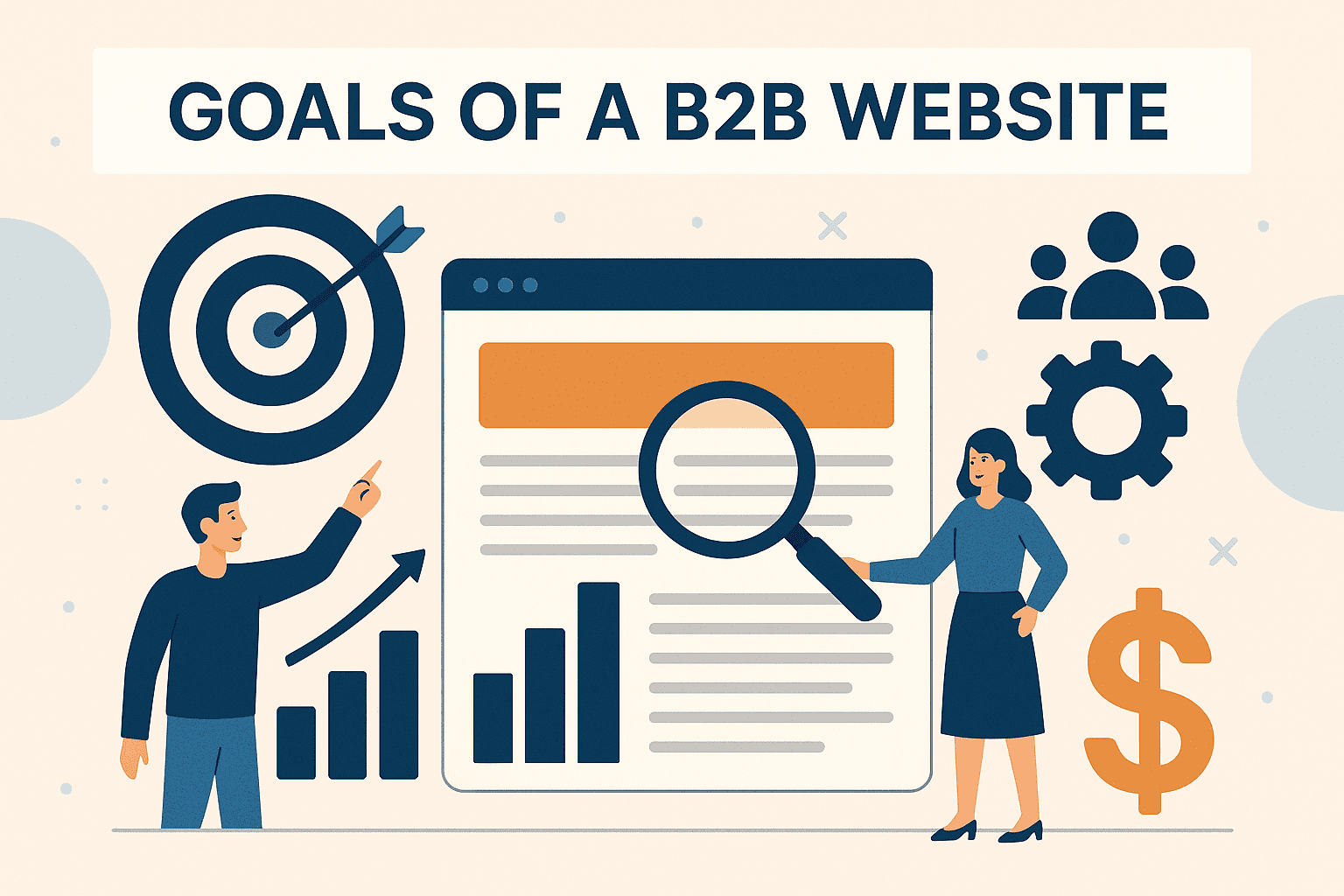

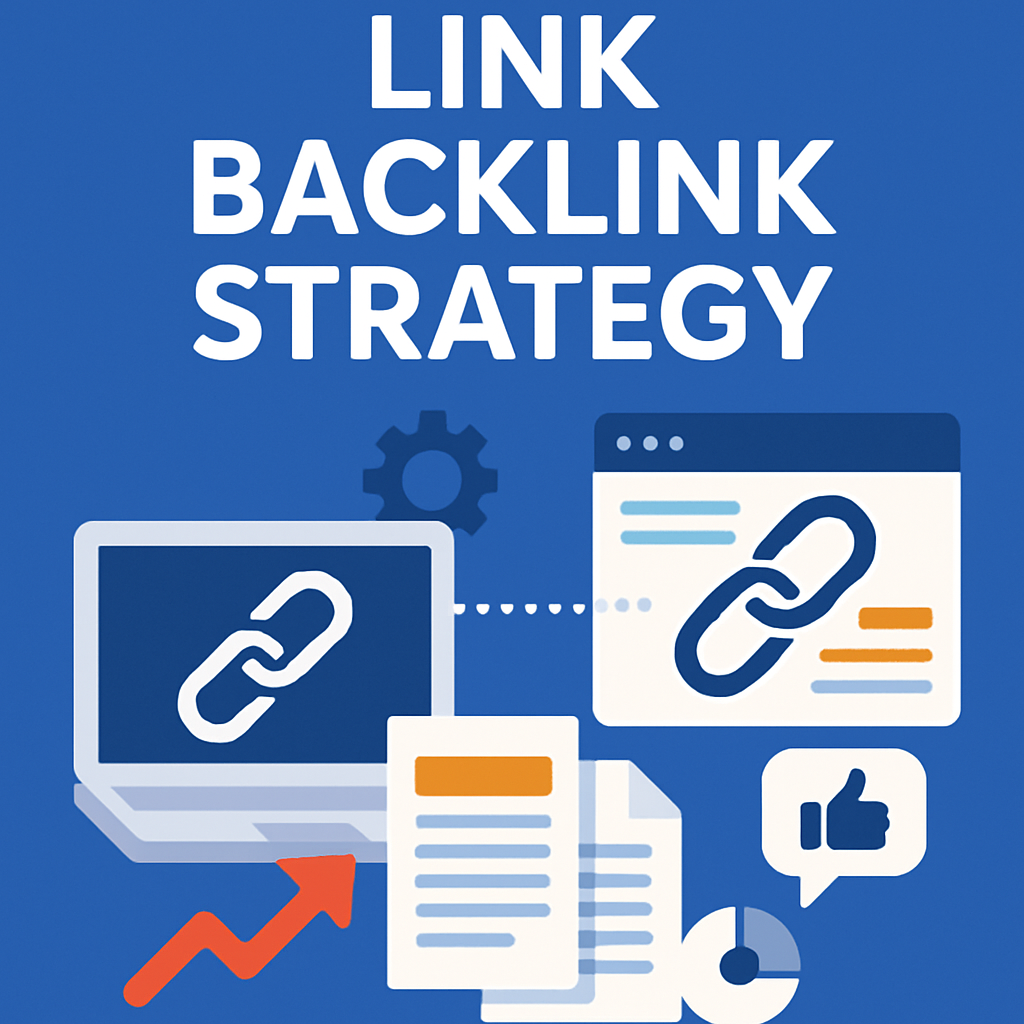
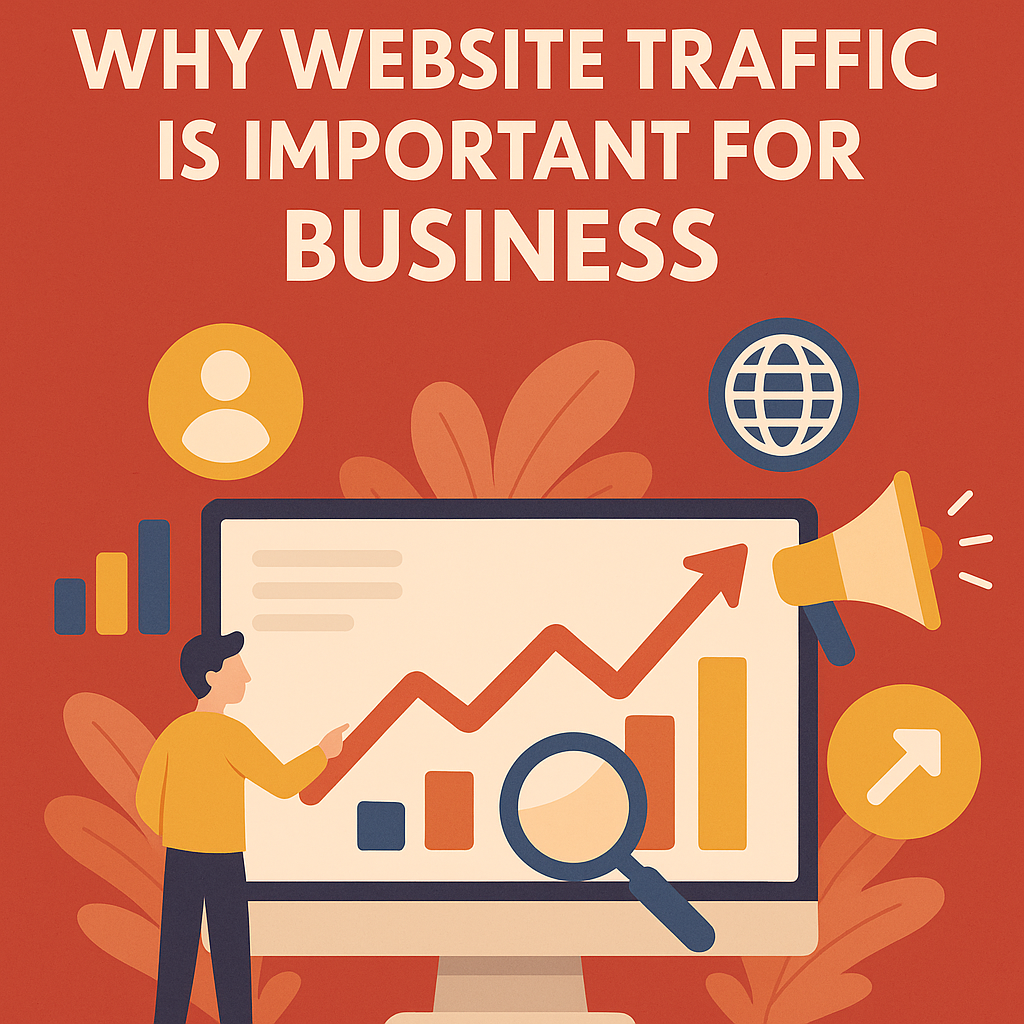

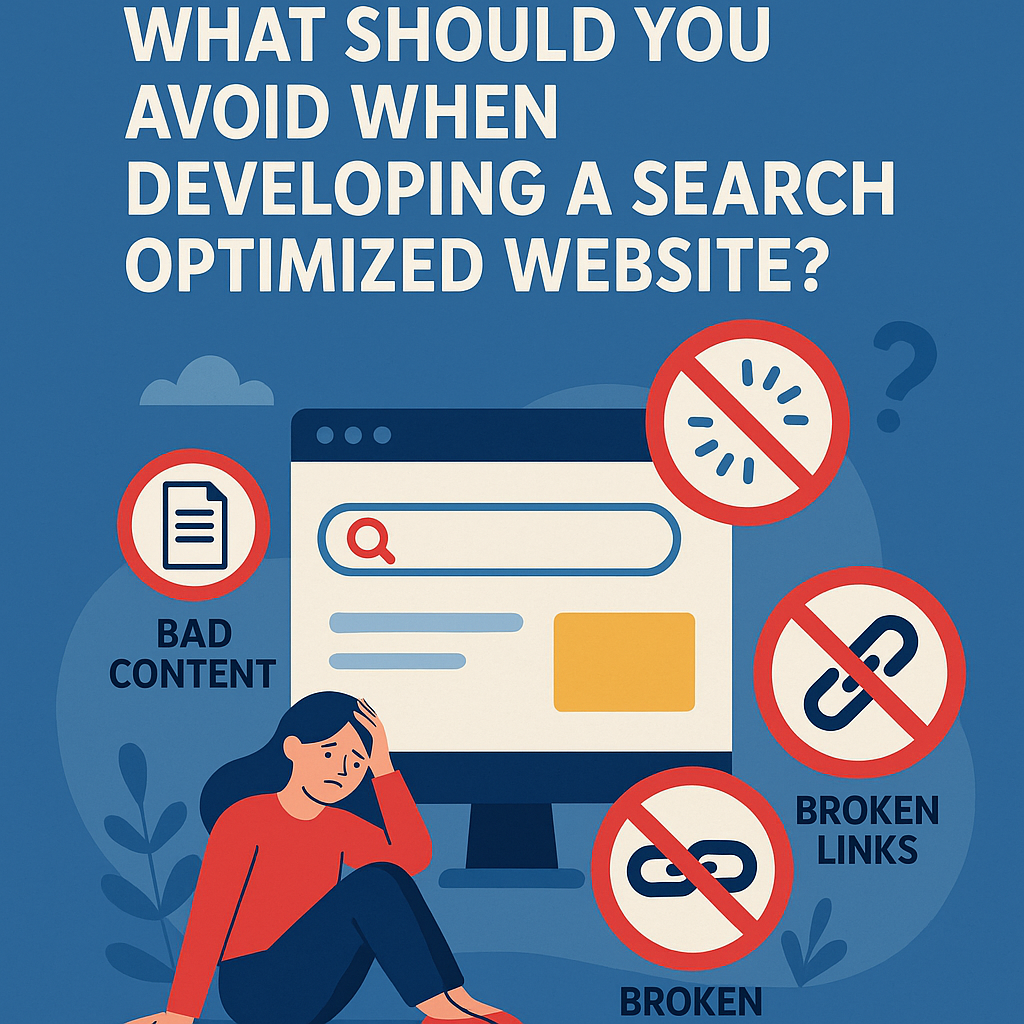


![What To Do After Keyword Research [2025 Guide]](https://backlinkmanagement.io/wp-content/uploads/2025/05/What-To-Do-After-Keyword-Research.png)
![Is Page Speed Really A Ranking Factor? [2025]](https://backlinkmanagement.io/wp-content/uploads/2025/05/Is-Page-Speed-Really-A-Ranking-Factor.png)
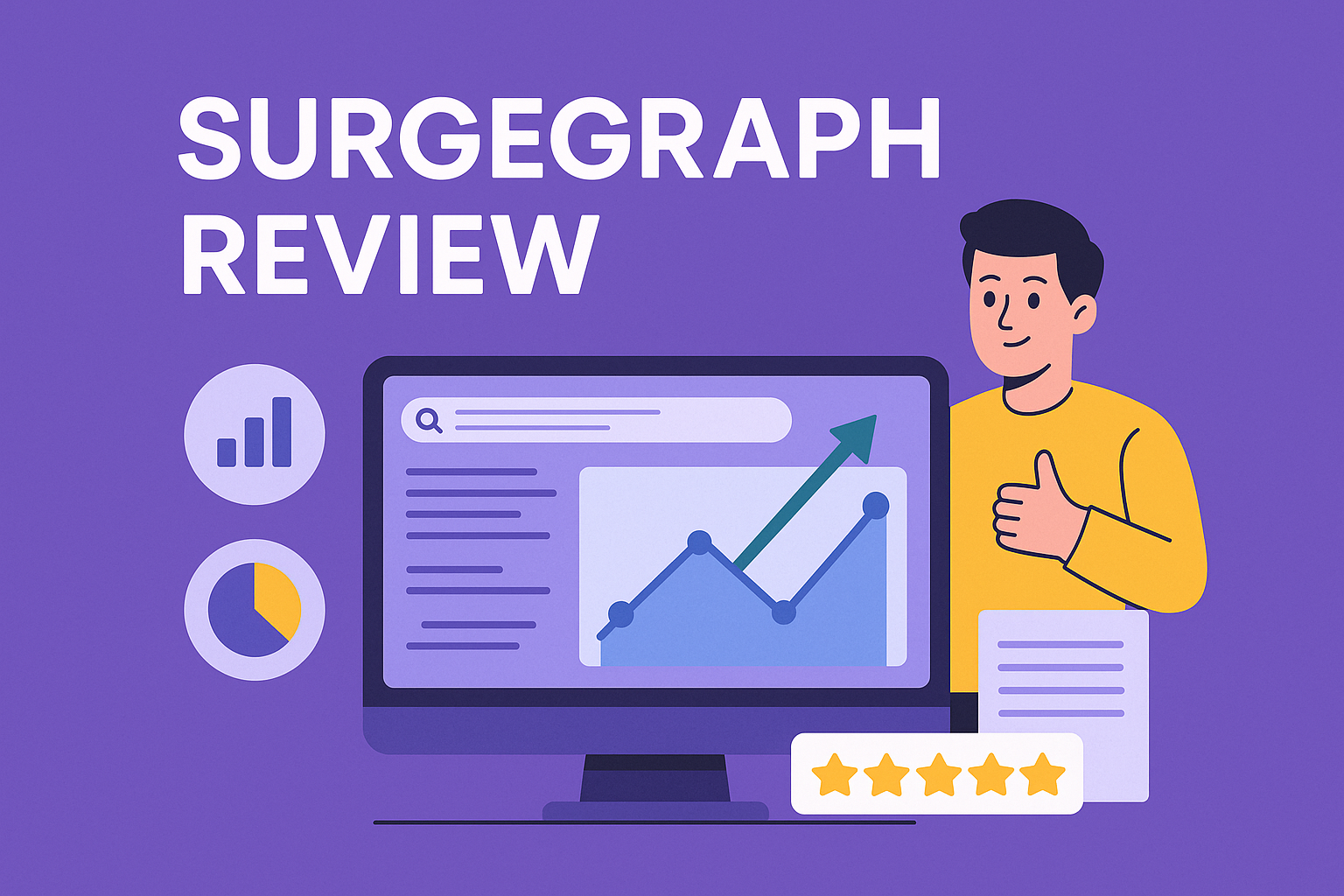
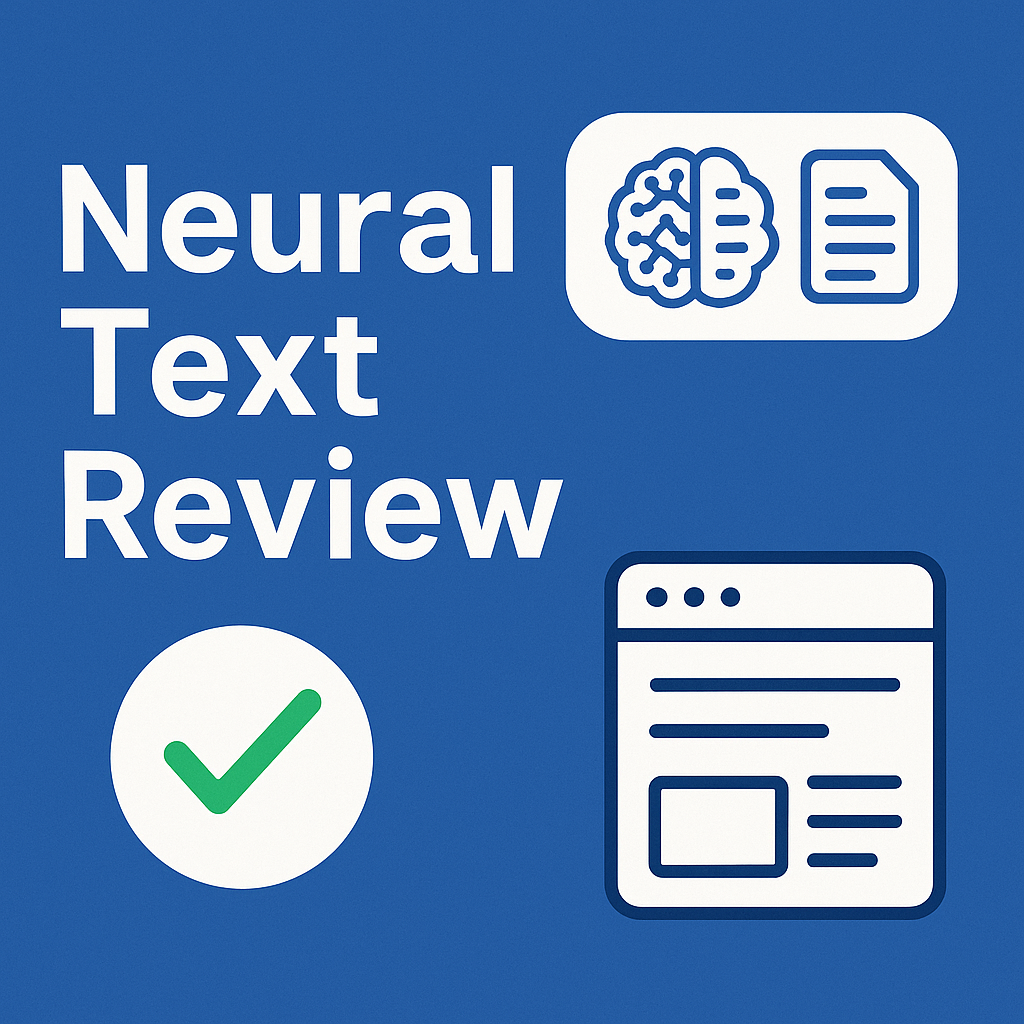

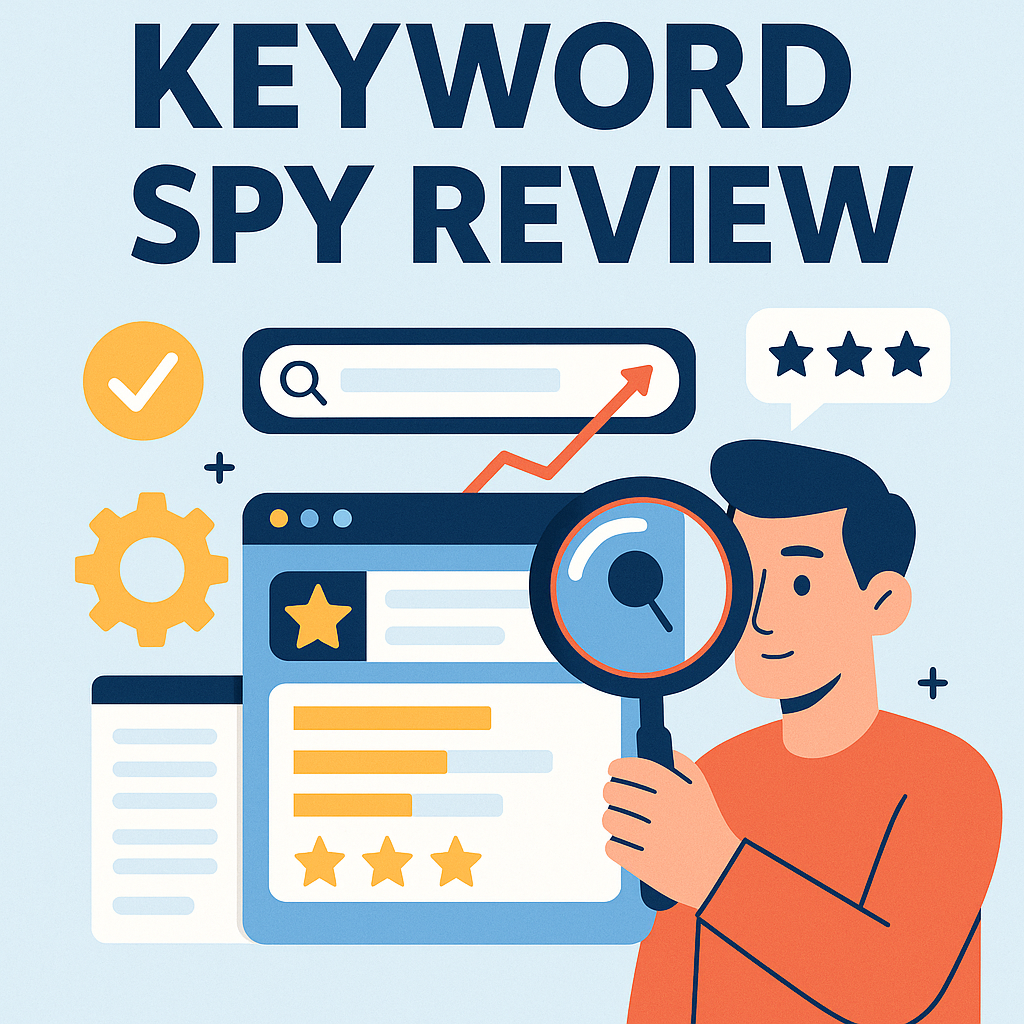




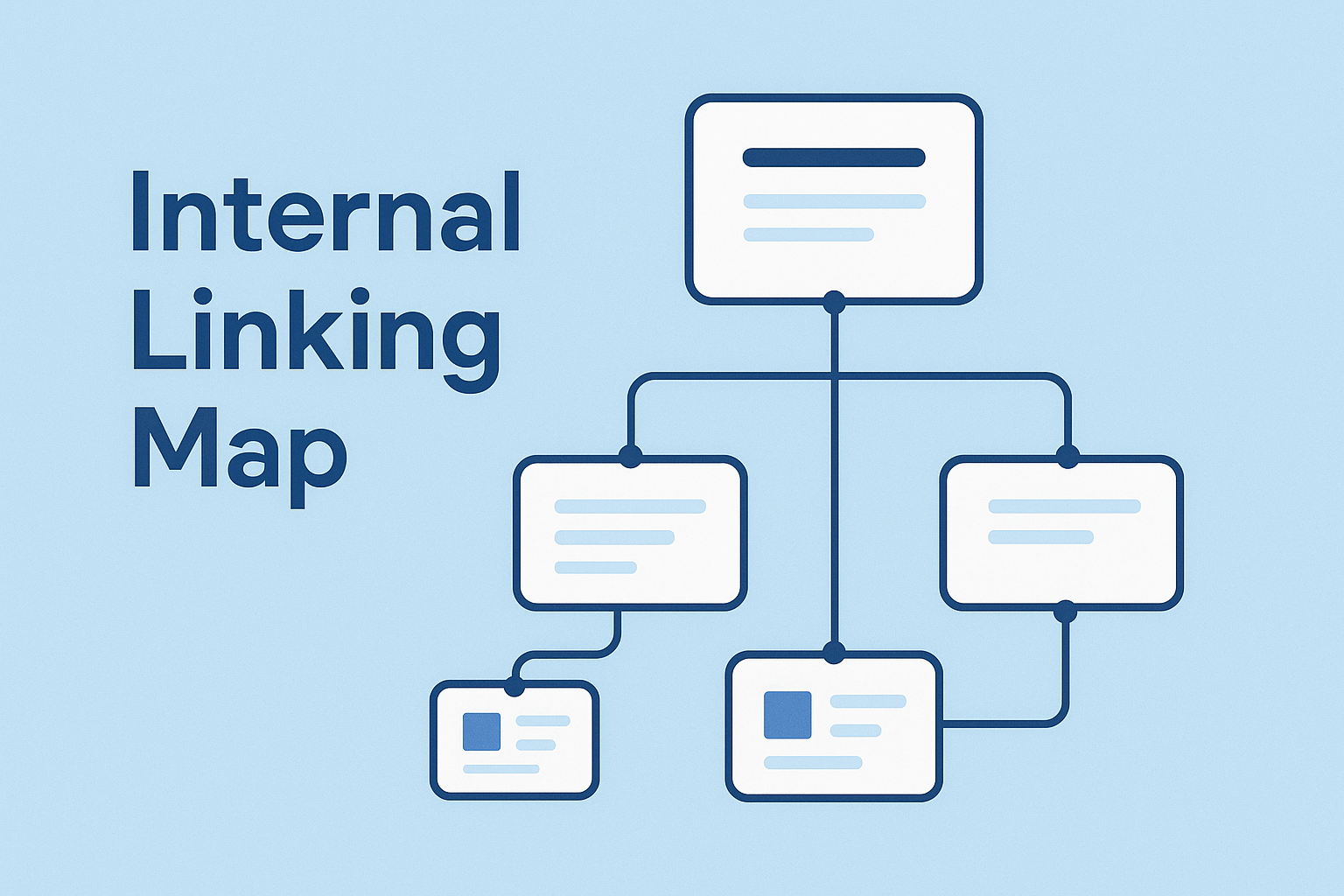

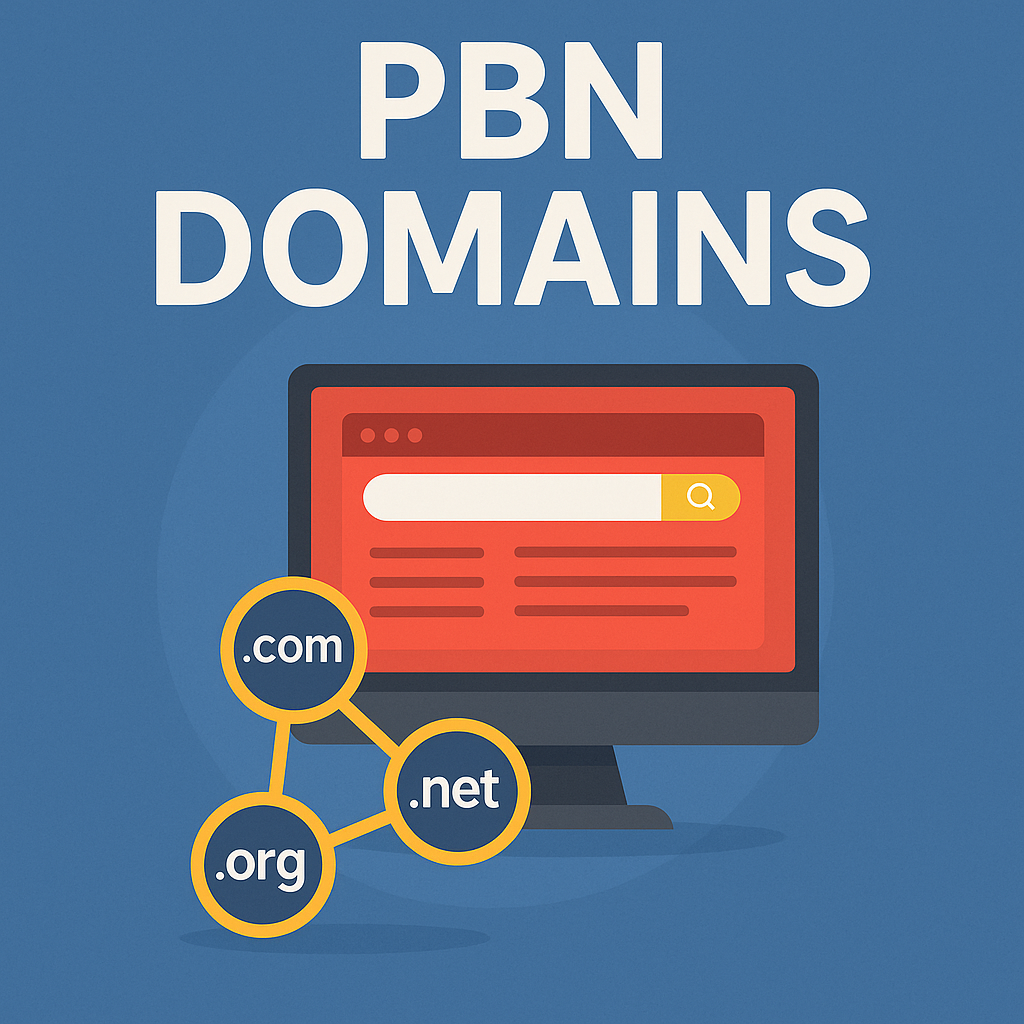
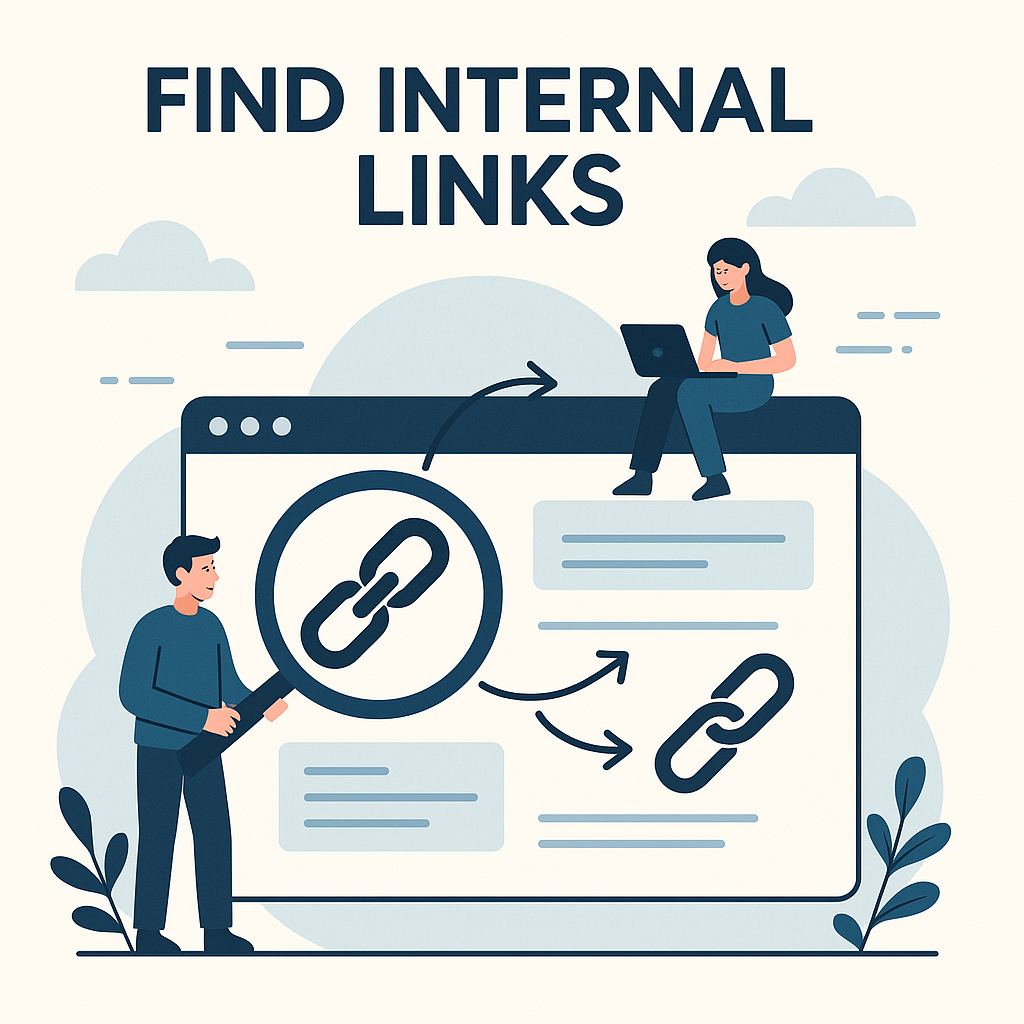
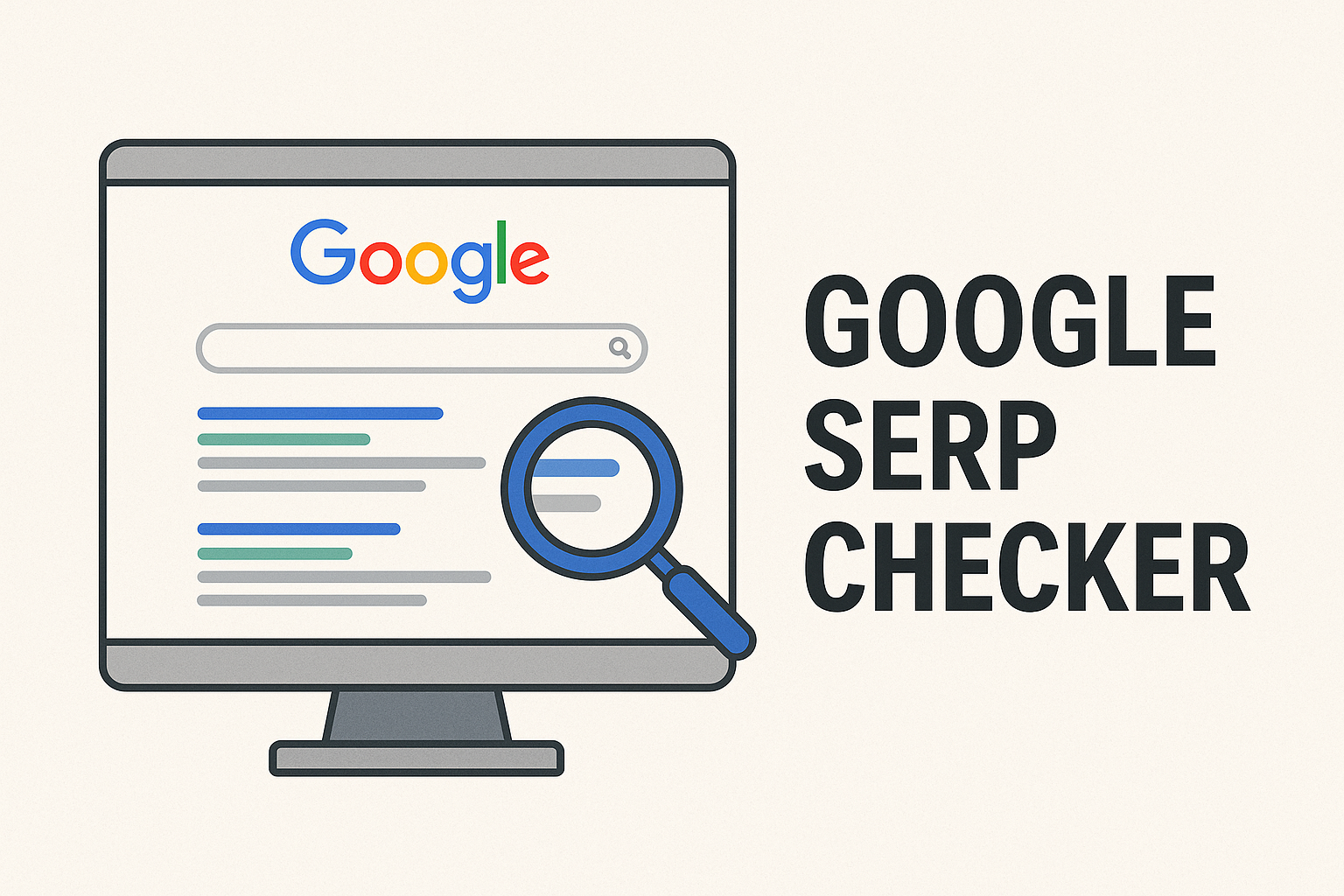
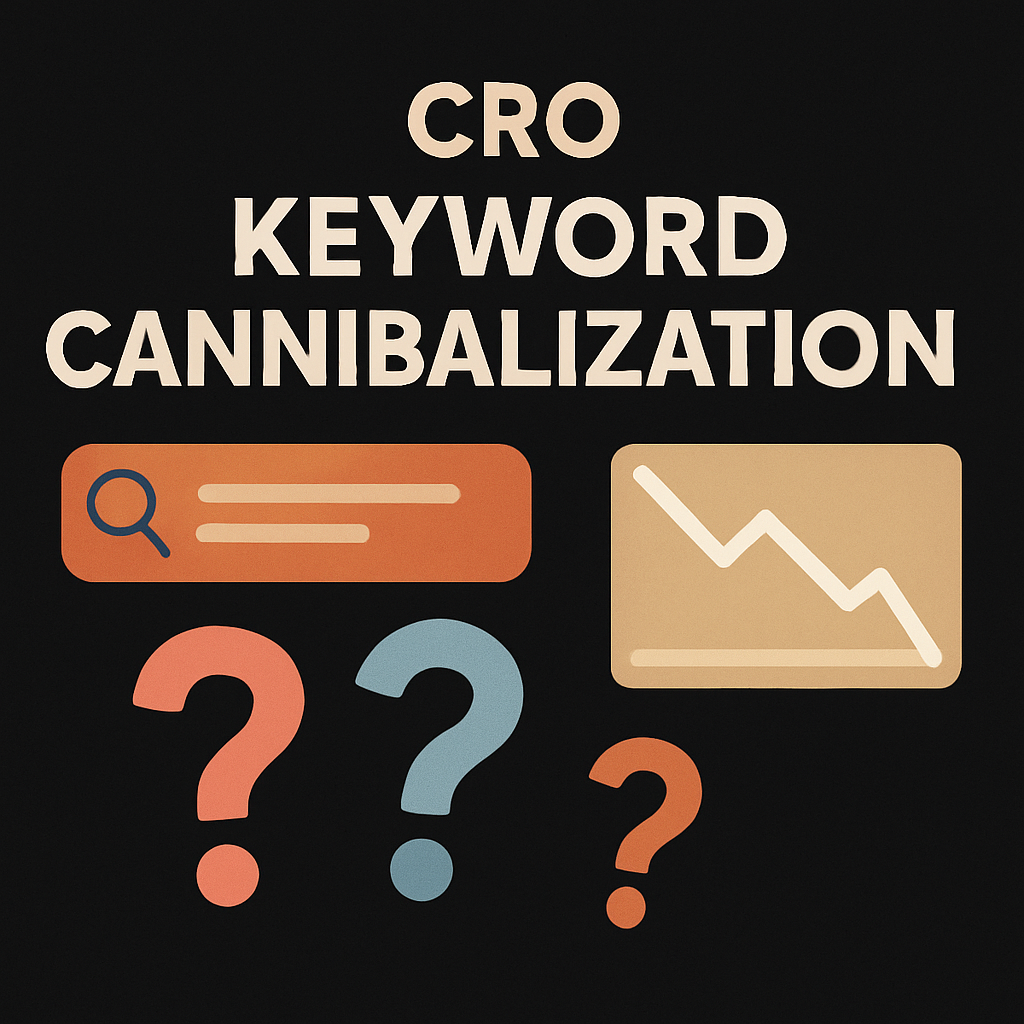


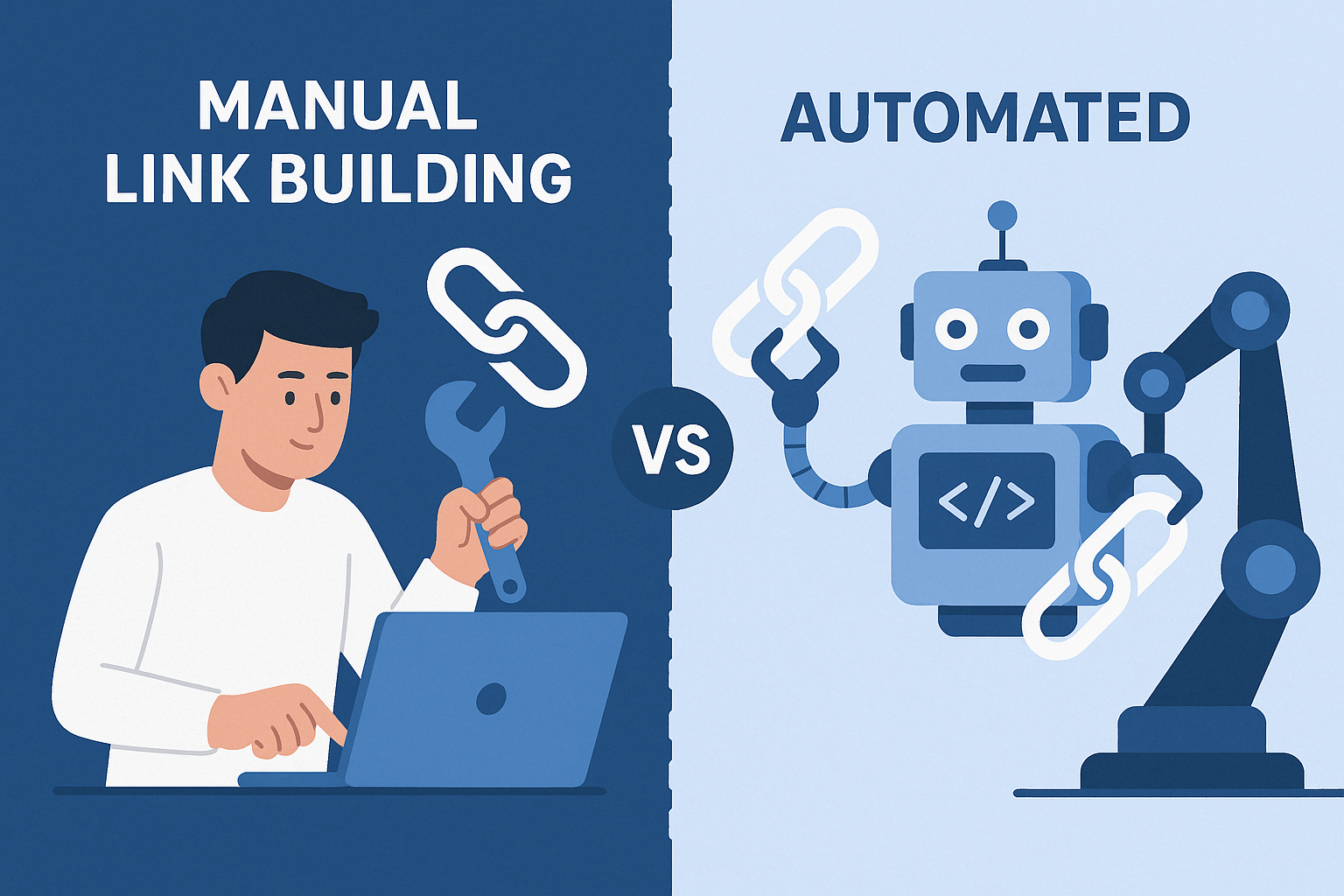



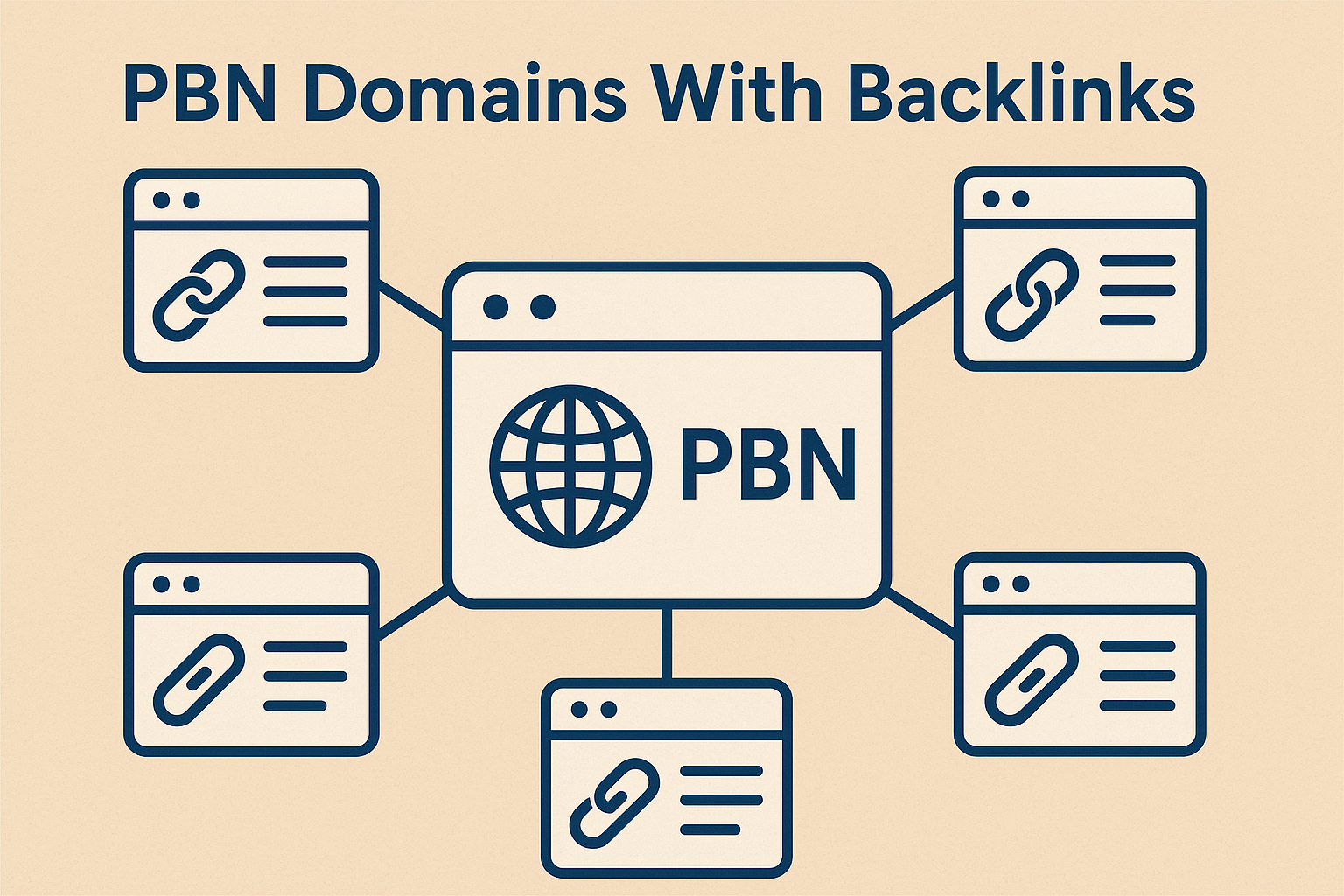
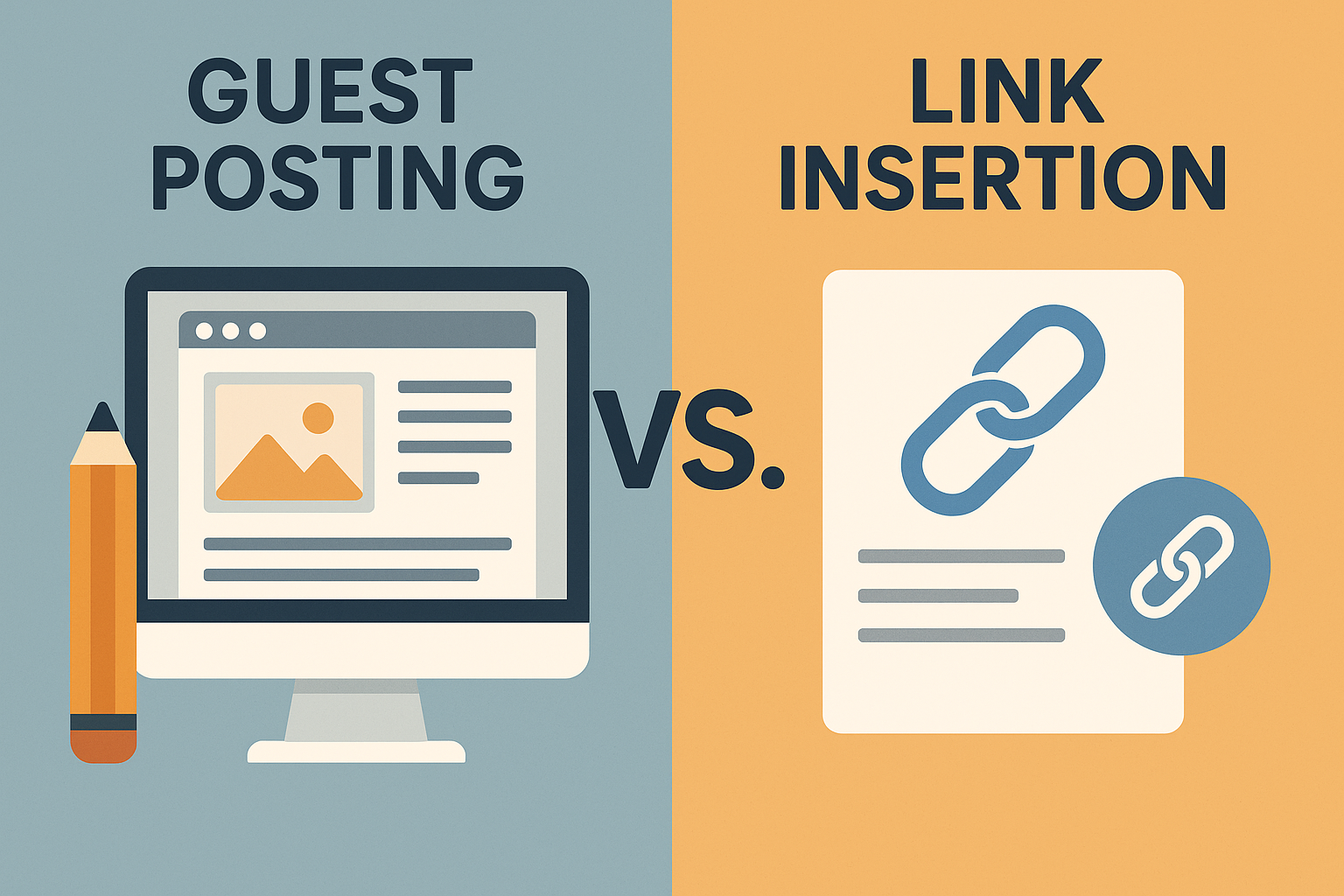
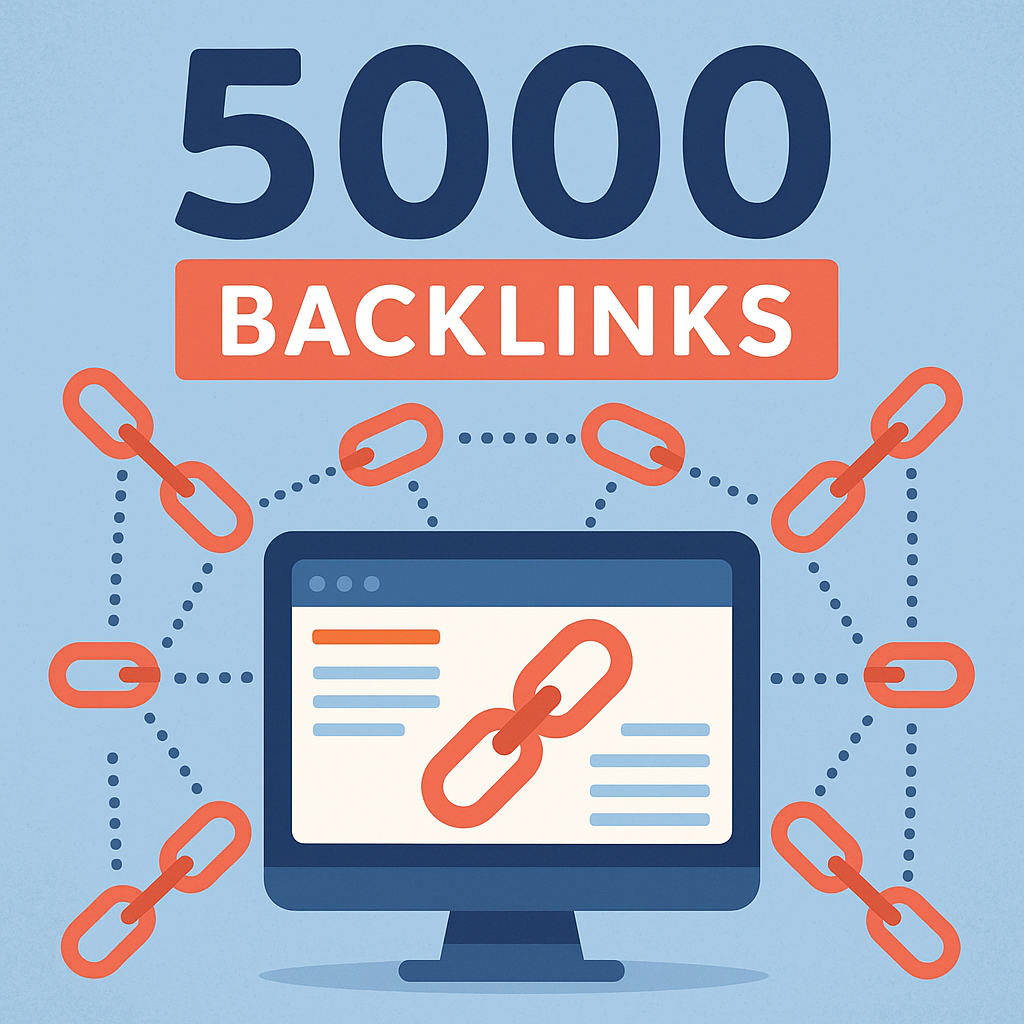
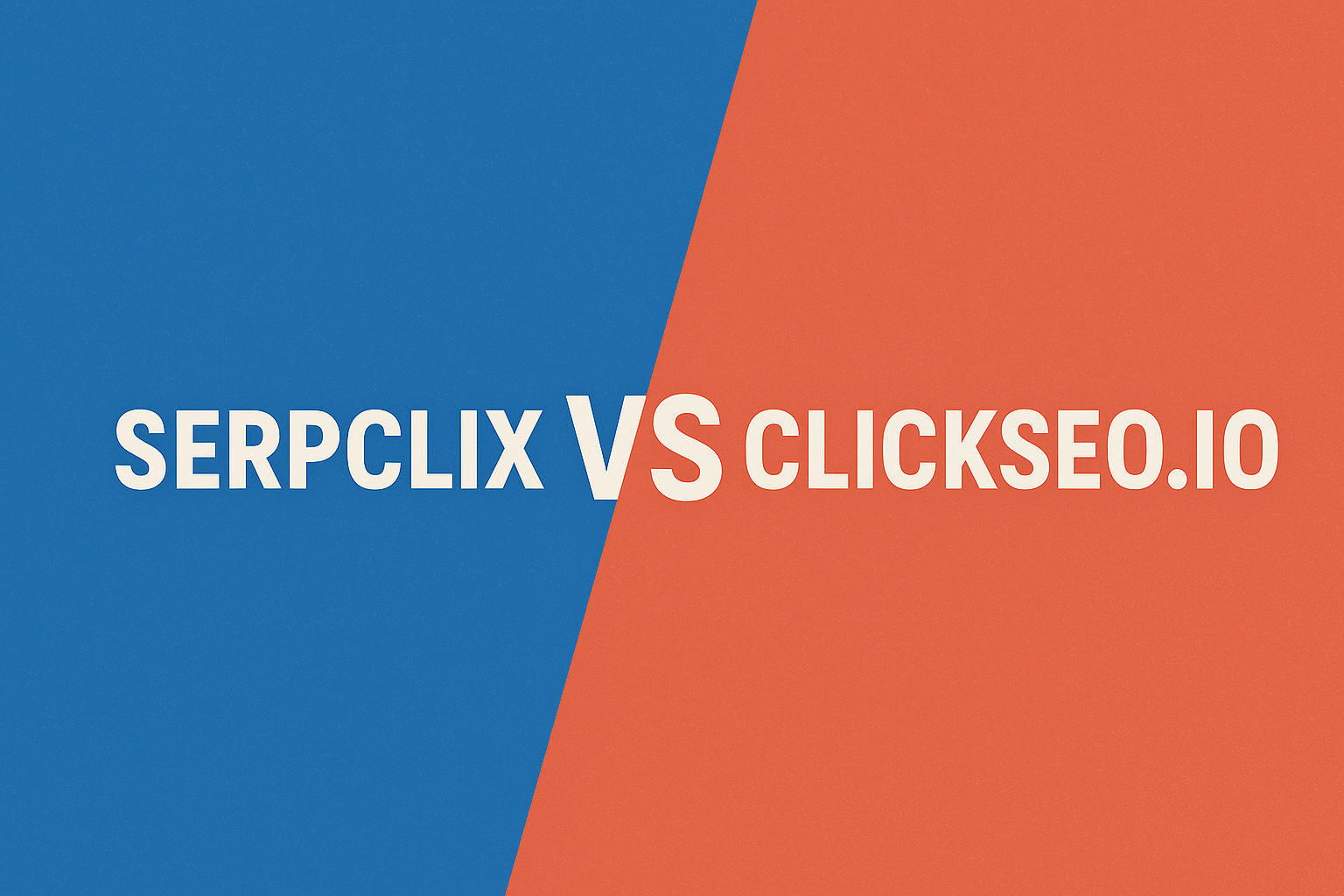

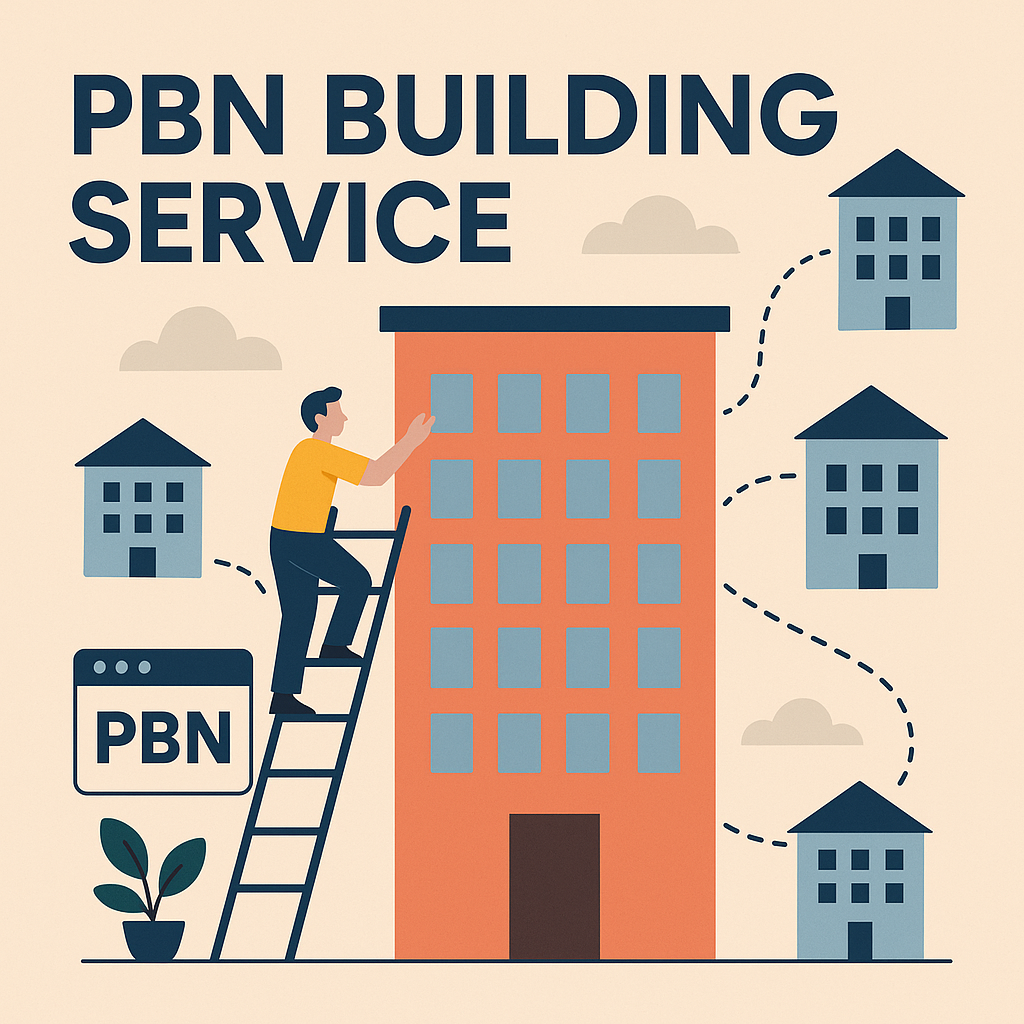
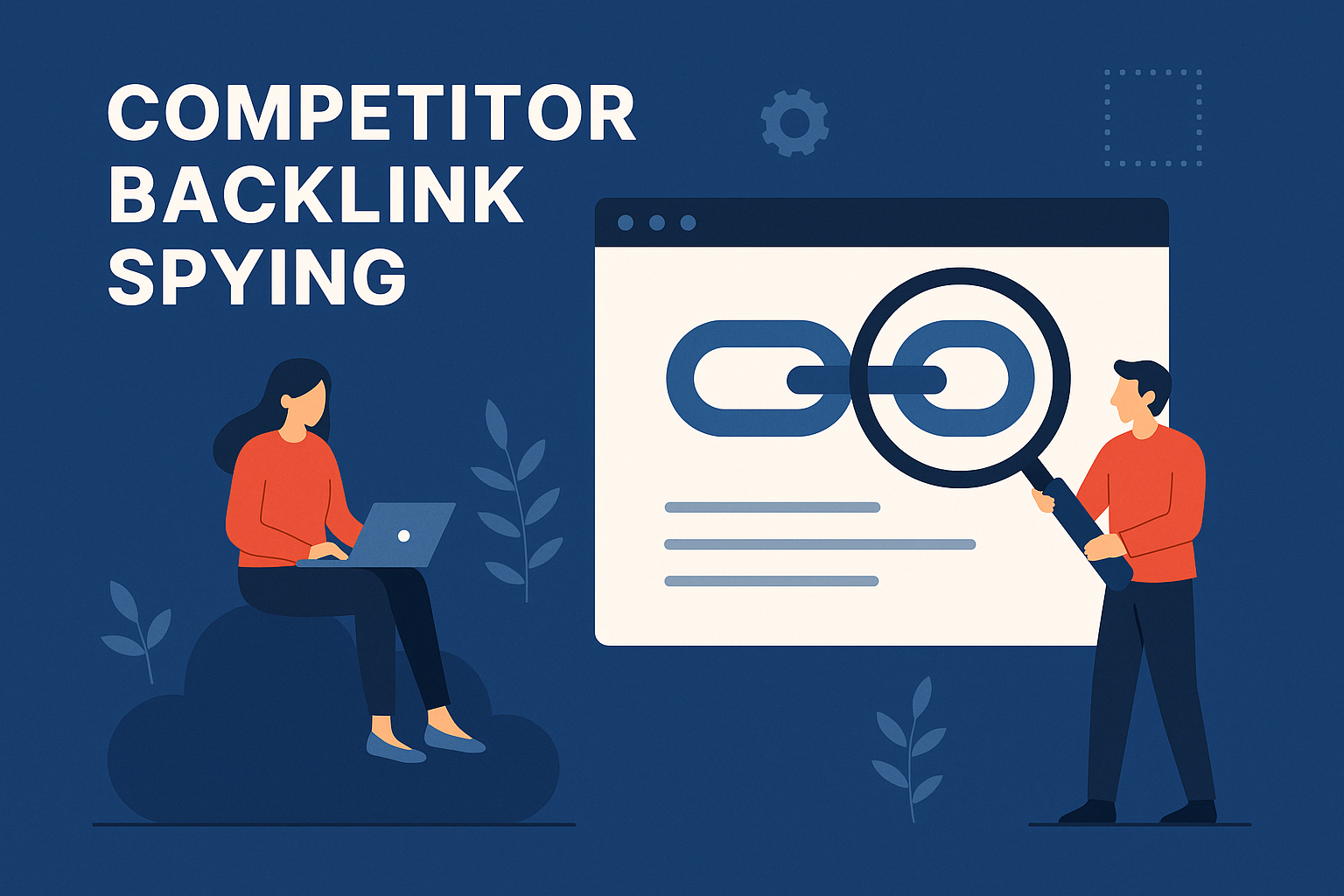


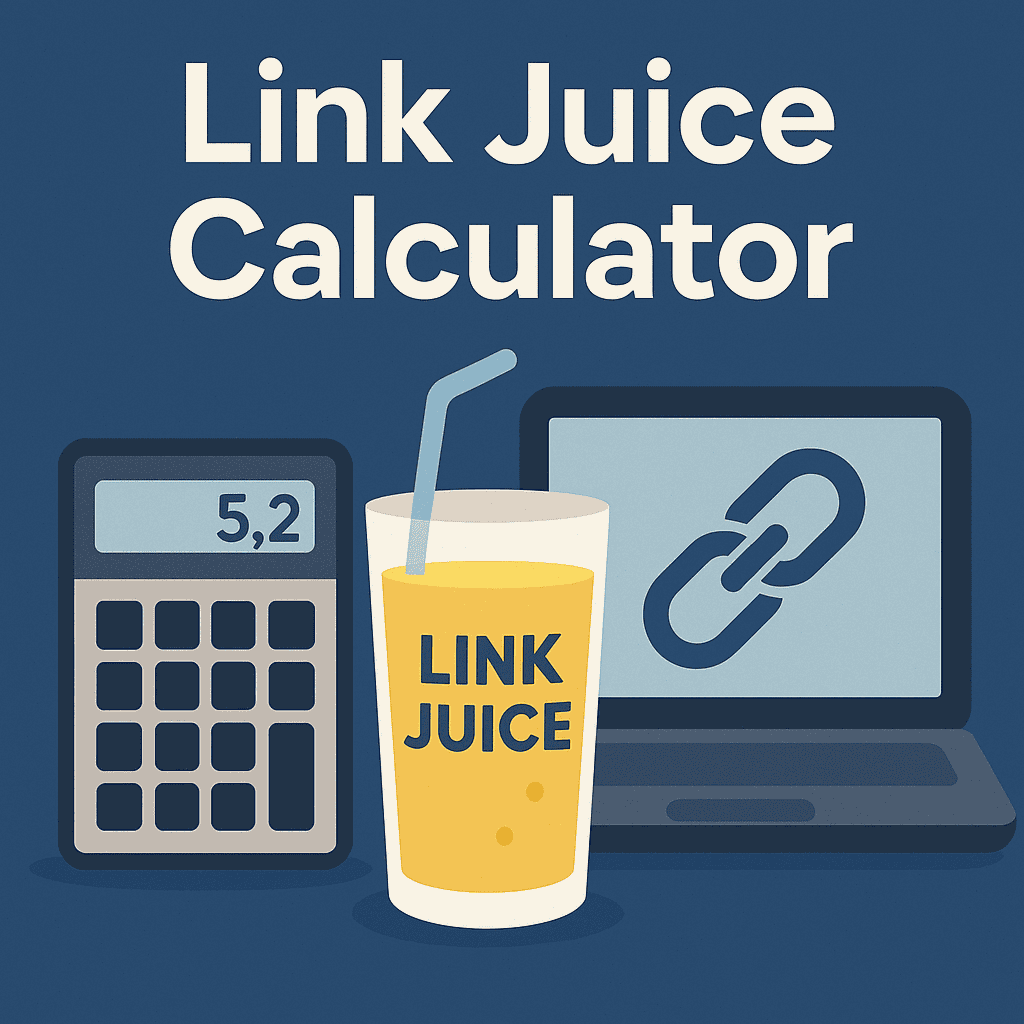
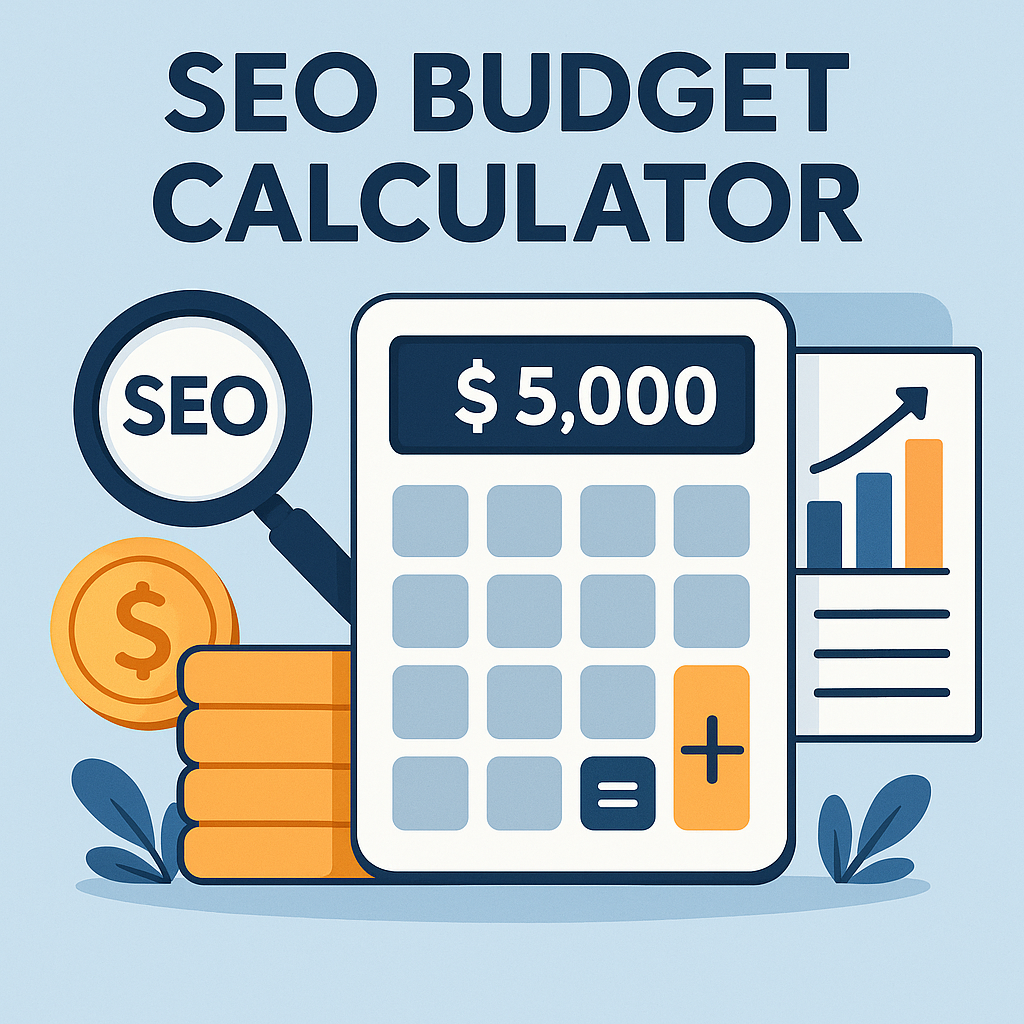

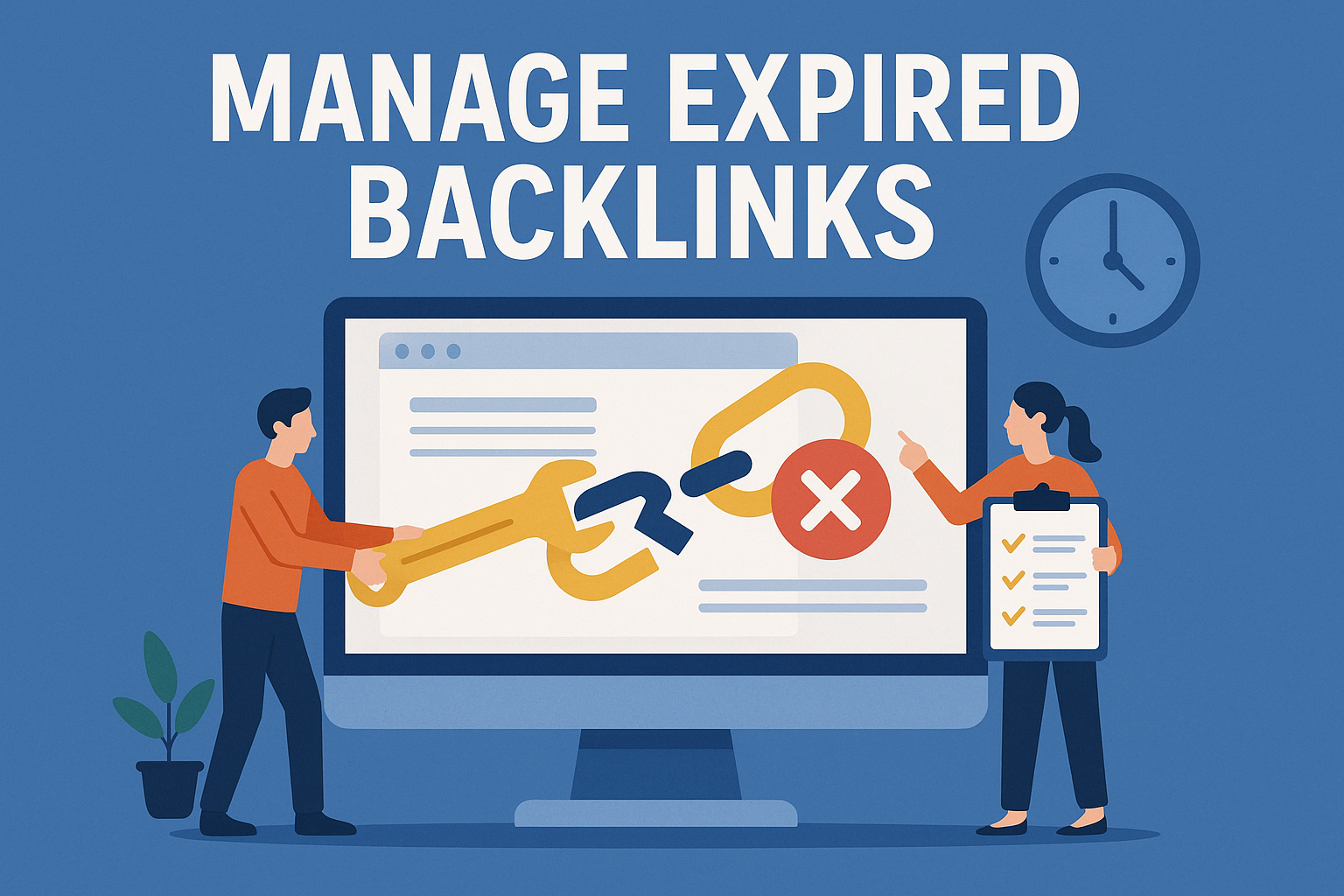

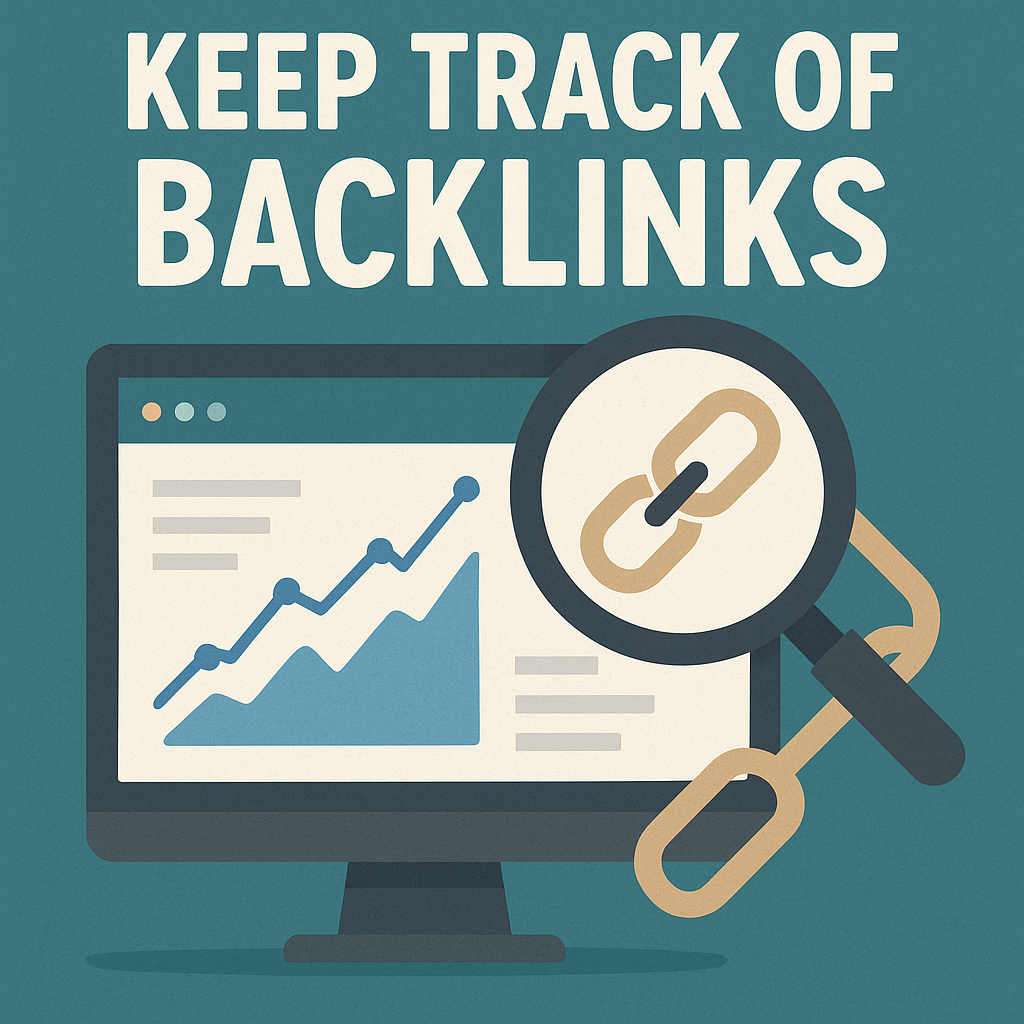
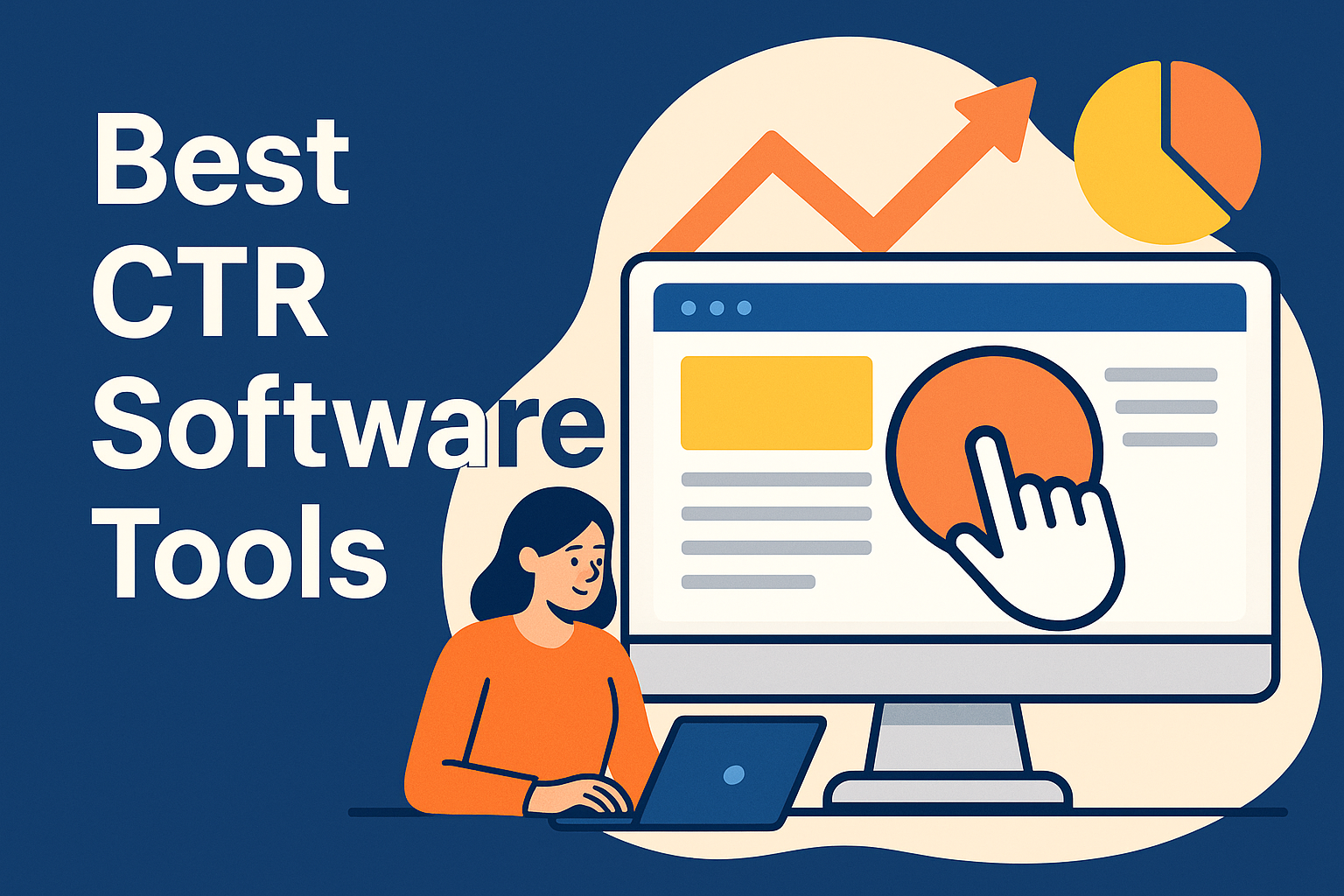
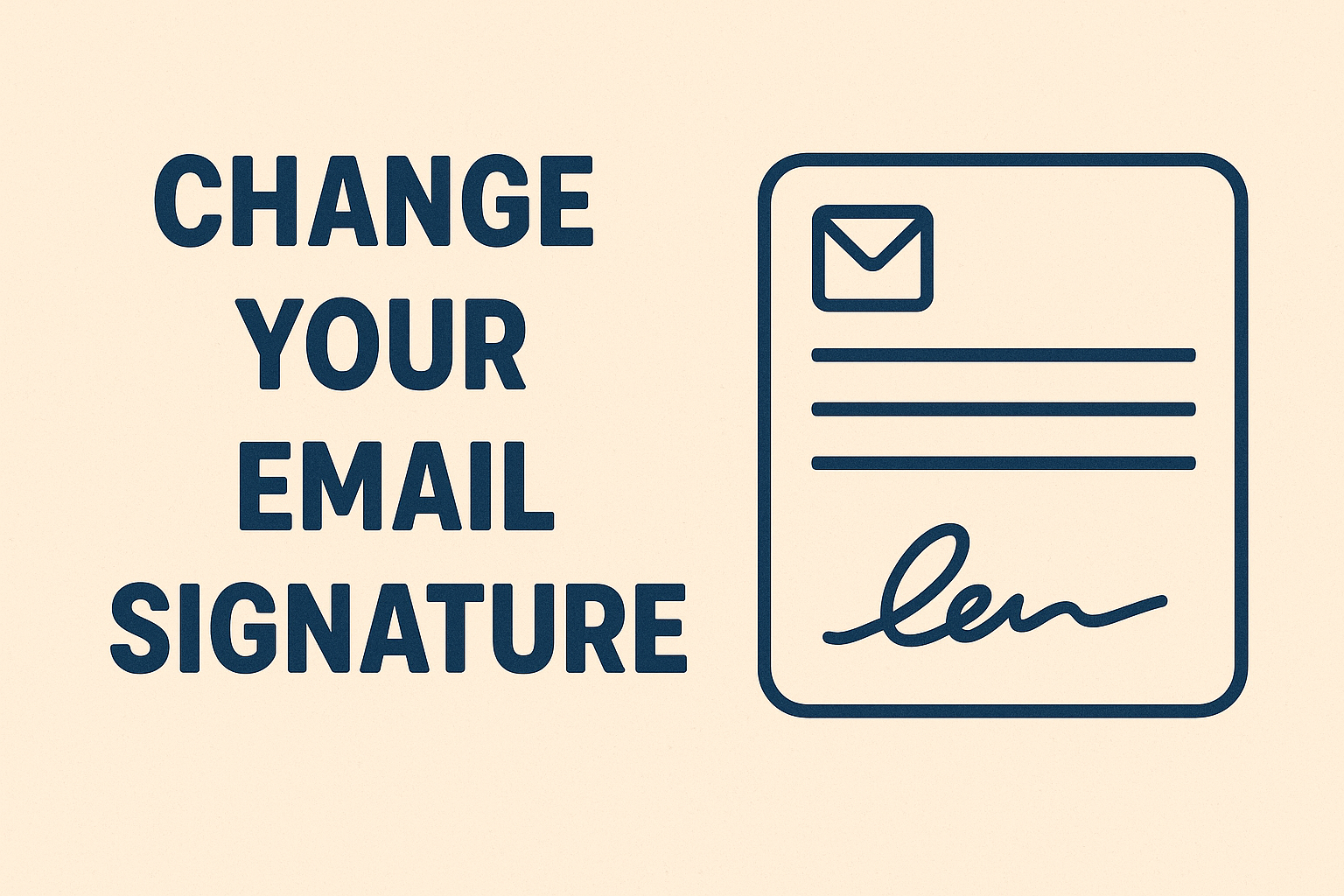
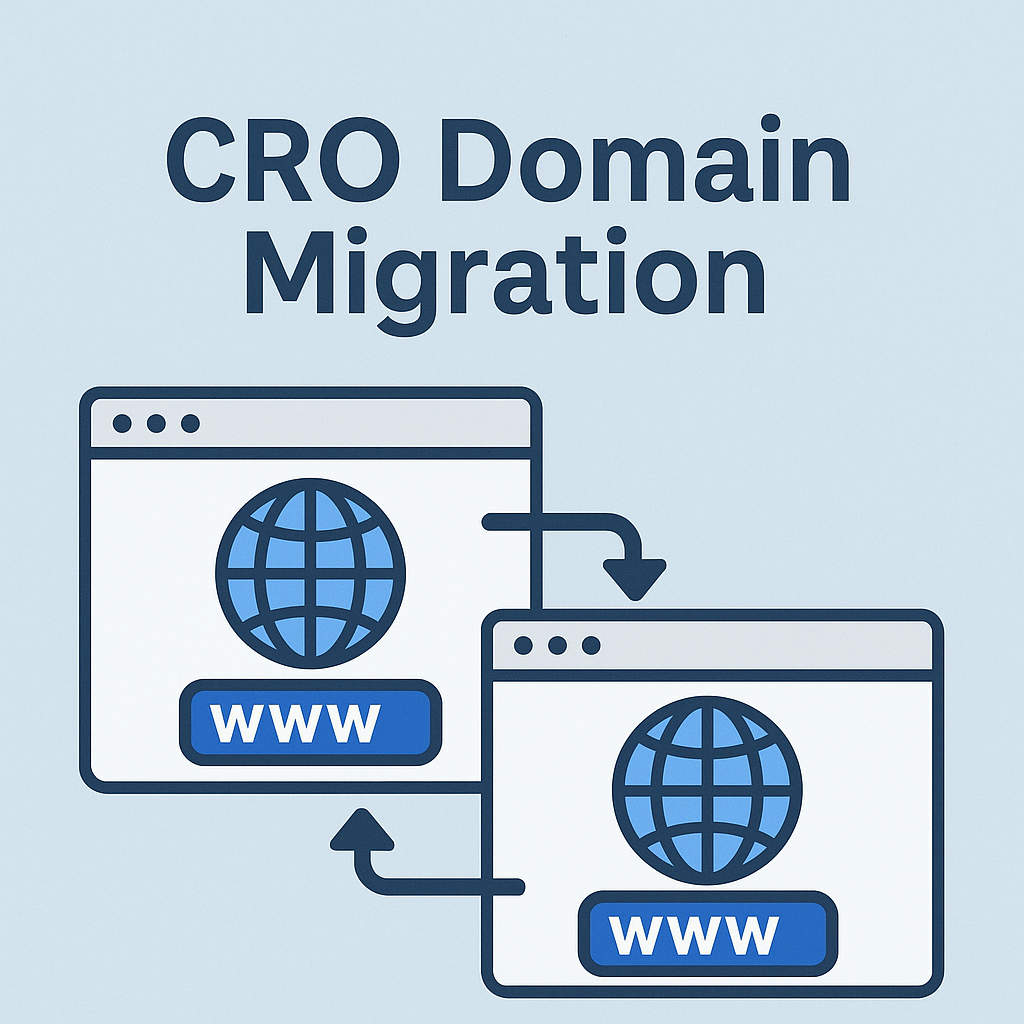


![Best Link Exchange Sites [Free & Safe] – Top 5 Picks](https://backlinkmanagement.io/wp-content/uploads/2025/04/Free-Link-Exchange.png)

